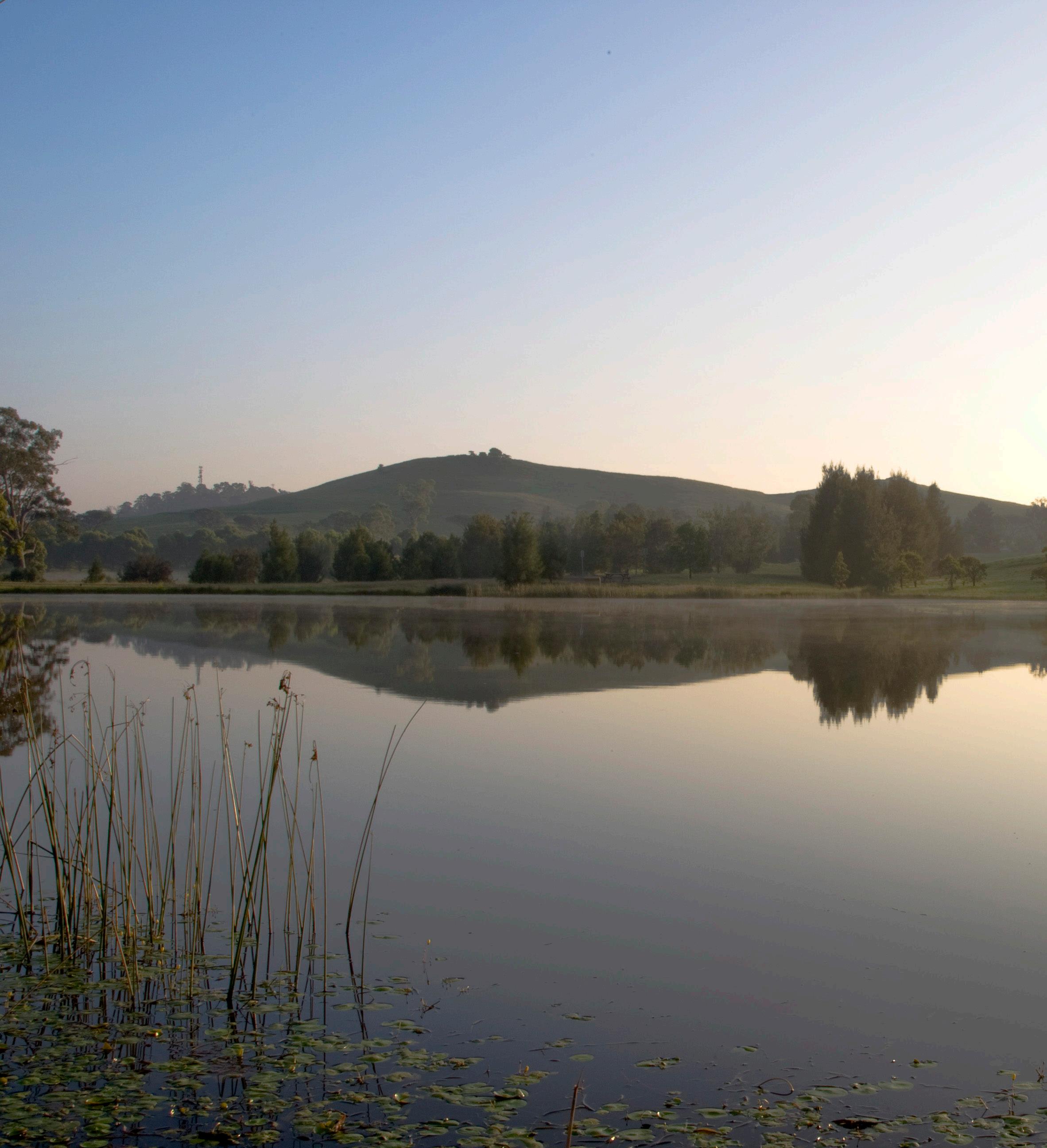
AUSTRALIAN BOTANIC GARDEN MOUNT ANNAN MASTER PLAN REPORT REVISION D
Project Client: The Royal Botanic Garden and Domain Trust
Project Name: Australian Botanic Garden Mount Annan
Project Number: 0995SYD
Revision Status Date By Checked Approved
A DRAFT Master Plan Report 13.10.2022 NG l HT KL AL
B Master Plan Report 15.11.2022 NG l HT KL AL
C Master Plan Report 30.11.2022 NG l HT KL AL
D Master Plan Report 07.12.2022 NG l HT KL AL
Studio Sydney Report Contact Keegan Lovell Company McGregor Coxall
AUSTRALIA
Sydney
Phone: +61 [0]2 9188 7500 Email: sydney@mcgregorcoxall.com Address: Suite 101, Lvl 1 39 East Esplanade, Manly NSW 2095, Australia. www.mcgregorcoxall.com
AUSTRALIA
Melbourne
Phone: +61 [0]3 9088 6500 Email: melbourne@mcgregorcoxall.com Address: Level 4, 125 Flinders Lane, Melbourne VIC 3000, Australia.
UNITED KINGDOM Bristol
Phone: +44 [0]7496 282281 Email: bristol@mcgregorcoxall.com Address: 77 Stokes Croft, Bristol BS1 3RD, United Kingdom.
Disclaimer
This document is for the confidential use only of the party to whom it is addressed (the client) for the specific purposes to which it refers. We disclaim any responsibility to any third party acting upon or using the whole or part of its contents or reference thereto that may be published in any document, statement or circular or in any communication with third parties without prior written approval of the form and content in which it will appear. This document and its attached appendices are based on estimates, assumptions and information sourced and referenced by McGregor Coxall and its sub consultants. We present these estimates and assumptions as a basis for the reader’s interpretation and analysis. With respect to forecasts we do not present them as results that will actually be achieved. We rely upon the interpretation of the reader to judge for themselves the likelihood of whether these projections can be achieved or not. If financial models have been included, they have been prepared from the best information available at the time of writing, no responsibility can be undertaken for errors or inaccuracies that may have occurred both with the programming or the financial projections and their assumptions. In preparing this document we have relied upon information concerning the subject property and/or study area provided by the client and we have not independently verified this information except where noted in this document.
ACKNOWLEDGEMENT OF COUNTRY
We proudly acknowledge the traditional custodians the Dharawal people who are the traditional owners of the lands on which this project is based, and pay our respect to their Elders past, present and future. We pay respect to the Dharug and Gundungurra people who have strong connections, shared country for thousands of the years and recognise the deep connection.

We recognise the deep connection of First Nations Peoples to Country and value their contribution to caring for, and managing the land, water, natural and built landscapes, spiritual and profound knowledge systems.
We are committed to pursuing genuine and lasting partnerships with First Peoples to learn about and understand their culture and connections to Country in the way we plan for, and manage, the delivery of all projects. We give thanks and respect for having the opportunity to work with the land and respect the great country we’re fortunate enough to call home.
1.0 PROJECT OVERVIEW 10 1.1 PROJECT OVERVIEW 13 2.0 A WORLD CLASS VISION 14 2.1 RESTORING COUNTRY 16 2.2 STRATEGIC CONTEXT 20 2.3 PLACE FRAMEWORK 22
3.0 CONSULTATION / ENGAGEMENT 24 3.1 FIRST NATIONS ENGAGEMENT OUTCOMES 26 3.2 STAKEHOLDER ENGAGEMENT OUTCOMES 28 4.0 TECHNICAL FINDINGS 30 4.1 TECHNICAL FINDINGS INPUTS 32 5.0 SIX KEY MOVES 34 5.1 SIX KEY MOVES 36 5.2 WORLD LEADING BOTANICAL SCIENCES 38 5.3 AUTHENTIC CONNECTION TO COUNTRY 40 5.4 GLOBALLY UNIQUE NATURE EXPERIENCES 42 5.5 A PREMIER DESTINATION FOR TOURISM & EVENTS 44 5.6 LEADER IN SUSTAINABILITY & INNOVATION 46 5.7 EASY TO ACCESS & GET AROUND 48
6.0 THE MASTER PLAN 50
6.1 MASTER PLAN OVERVIEW 52 6.2 TOPOGRAPHY 56 6.3 FLORA & FAUNA 58 6.4 HYDROLOGY 60 6.5 CIRCULATION & TRANSPORT 62 6.6 BUILT FORM / INFRASTRUCTURE 68 6.7 USER EXPERIENCE 70 7.0 DETAILED AREAS 76 7.1 THE COOLAMON 78 7.2 FIRST NATIONS GARDEN, AUSTRALIAN NATIVE PLANTS FARM & FIRST NATIONS CULTURAL CENTRE 86 7.3 ECO-INDUSTRY & ECO-TOURISM HUB 92
CONTENTS
LIST OF FIGURES
Figure 1:Photo of Mount Annan, ABGMA 10
Figure 2:Photo of Mount Annan, ABGMA 12
Figure 3:Photo of the Cumberland Plains Woodland, ABGMA 14
Figure 4:First Nationss using Fire to Hunt Kangaroos - Joesph Lycett, c1820 – National Library of Australia 16
Figure 5:Sketch map of the Cumberland Plain showing First Nations tribal lands in 1788. Unknown author. 18
Figure 7:Regional Green Links, Western Sydney Green Grid, Tyrell Studio 2017 20
Figure 6:GANSW, Sydney Green Grid, Tyrell Studio 2017 20
Figure 8:ABGMA Local Green Links GANSW, Western Sydney Green Grid, Tyrell Studio 2017 21
Figure 9:Place Framework for the Australian Botanic Garden Mount Annan - Place Partners, 2021 23
Figure 10:Precedent - First Nations Cultural Practice 24
Figure 11:Photo of Mount Annan, ABGMA 26
Figure 12:Photo of the Existing Australian Botanic Garden Mount Annan 28
Figure 13:Precedent - National Herbarium of NSW Collections 30
Figure 14:Photo of the Paper Daisy in the Australian Display Garden, ABGMA 36
Figure 15:Precedent - National Botanic Garden of Wales, UK 41
Figure 16:Precedent - Science, Innovation and Horticulture Lab 41
Figure 17:Precedent - PlantBank and National Herbarium of NSW 41
Figure 18:Precedent - First Nations Community Events / Art Markets 43
Figure 19:Precedent - First Nations Community Events / Art Markets 43
Figure 20:Precedent - First Nations Cultural Centre 43
Figure 21:Lakeside, The Australian Botanic Garden Mount Annan 45
Figure 22:Precedent - Australian Native Species Eucalyptus torquata 45
Figure 23:Precedent - Ian Potter Children’s Wild Play, Centennial Park Sydney 45
Figure 24:Precedent - Market Events, The Australian Botanic Garden Mount Annan 47
Figure 25:Precedent - Community Programs The Australian Botanic Garden Mount Annan 47
Figure 26:Precedent - Events / Festival, The Domain, Sydney 47
Figure 27:Photo of the Existing Plant Bank & National Herbarium of NSW Building, The Australian Botanic Garden Mount Annan 49
Figure 28:Precedent - Eco-Accommodation, Grampians Peaks Trail Cabins, Victoria 49
Figure 29:Precedent - The PlantBank seed vault of the Royal Botanic Gardens Sydney 49
Figure 30:Precedent - Nature Therapy Walk, The Australian Botanic Garden Mount Annan 51
Figure 31:Precedent - Guided Walk, The Australian Botanic Garden Mount Annan 51
Figure 32:Precedent - Mountain Bike Trails 51
Figure 33:Photo of the Paper Daisy in the Australian Display Garden, ABGMA 52
Figure 34:Master Plan Visualisation Render Image 56
Figure 35:Photo of the existing lakes, The Australian Botanic Garden Mount Annan 58
Figure 36:Photo of the existing Cumberland Plains Woodland, The Australian Botanic Garden Mount Annan 60
Figure 37:Photo of the existing lake, The Australian Botanic Garden Mount Annan 62
Figure 38:Lizard Log, Western Sydney Parklands 64
Figure 39:Existing National Herbarium of NSW Building, ABGMA 68
Figure 40:Precedent - Sydney Park 70
Figure 41:Photo of the Banksia Garden, ABGMA 76
Figure 42:The Coolamon Lake Visualisation Render Image 80
Figure 43:Photo of the existing lake, The Australian Botanic Garden Mount Annan 84
Figure 44:Precedent - Skamlingsbanken Visitor Center in Kolding, Denmark 84
Figure 45:Precedent - The National Botanic Garden of Wales, UK 84
Figure 46:Photo of the Existing Gardens, the Australian Botanic Garden Mount Annan 85
Figure 48:Precedent - Nature Play, Lizard Log, Western Sydney Parklands 85
Figure 47:Precedent - Festival in The Domain, Sydney 85
Figure 49:Photo of the existing Cumberland Plains Woodland, The Australian Botanic Garden Mount Annan 90
Figure 50:Precedent - First Nations Community Program / Art Market 90
Figure 51:Precedent - First Nations Culture Burning Practice 90
Figure 52:Photo of Australian Native Species - Banksia grandis 91
Figure 54:Precedent - First Nations Bush Tucker 91
Figure 53:Precedent - First Nations Cultural Centre 91
Figure 55:Photo of the Existing Plant Bank & National Herbarium of NSW Building, The Australian Botanic Garden Mount Annan 96
Figure 56:Precedent - The Plantbank seed vault of the Royal Botanic Gardens Sydney 96
Figure 57:Precedent - Eco-Industry Lab 96
Figure 58:Precedent - Eco-Accommodation, Malangen Family Retreat, Tromsø 97
Figure 59:Precedent - Eco-Accommodation, Grampians Peaks Trail Cabins, Victoria 97
Figure 60:Photos of the Existing Cumberland Plains Woodland, ABGMA 97
11 Australian Botanic Garden Mount Annan Master Plan Report 2022 10 Australian Botanic Garden Mount Annan Master Plan Report 2022
PROJECT OVERVIEW
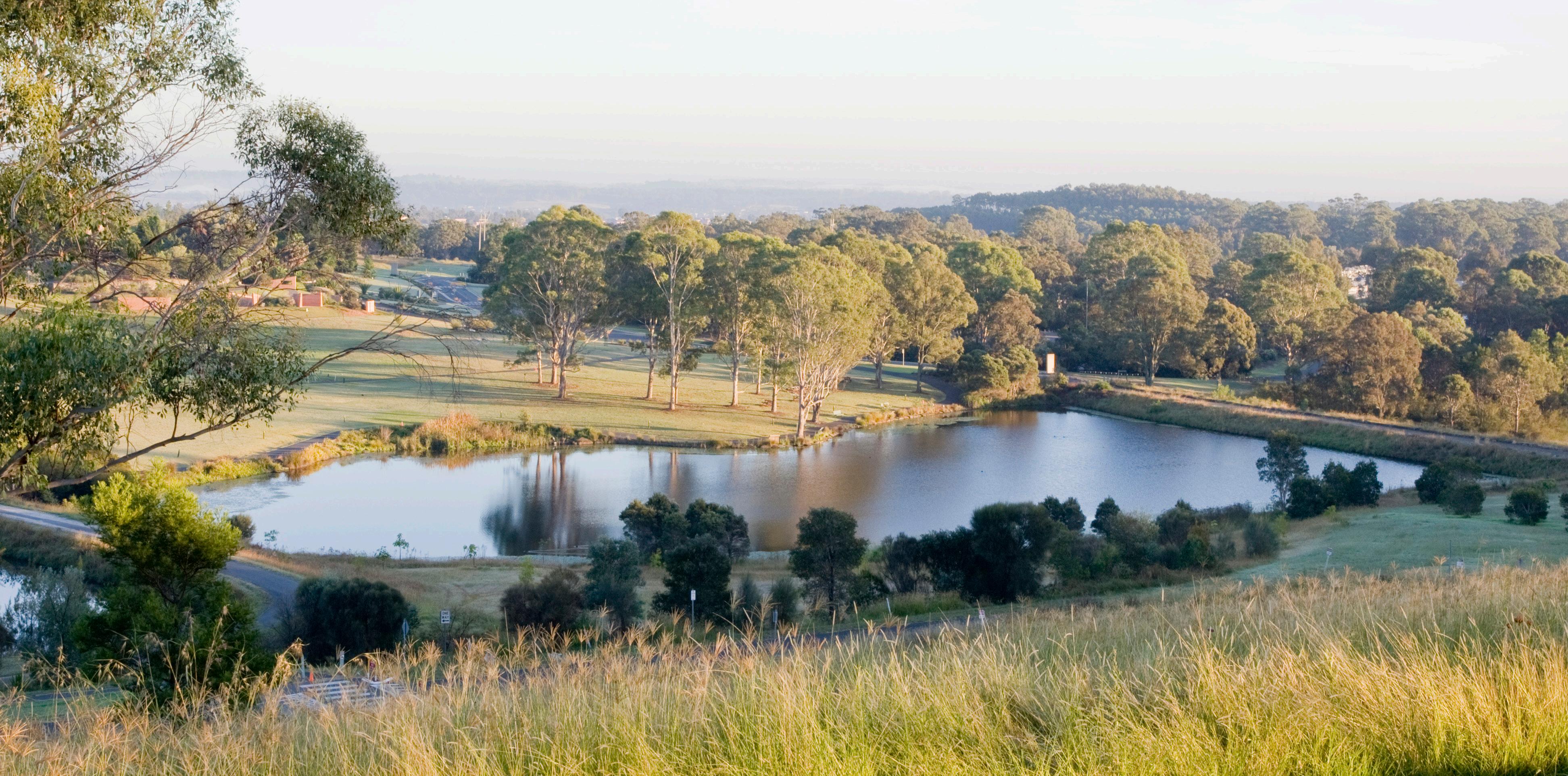
13 Australian Botanic Garden Mount Annan Master Plan Report 2022 12 Australian Botanic Garden Mount Annan Master Plan Report 2022
1.0
Figure 1:
of
ABGMA
Photo
Mount Annan,
1.1 PROJECT OVERVIEW
This Master Plan Report has been prepared by McGregor Coxall for The Royal Botanic Garden and Domain Trust. It describes the proposed vision and Master Plan for the future of The Australian Botanic Garden Mount Annan (ABGMA) to become a world class offering.
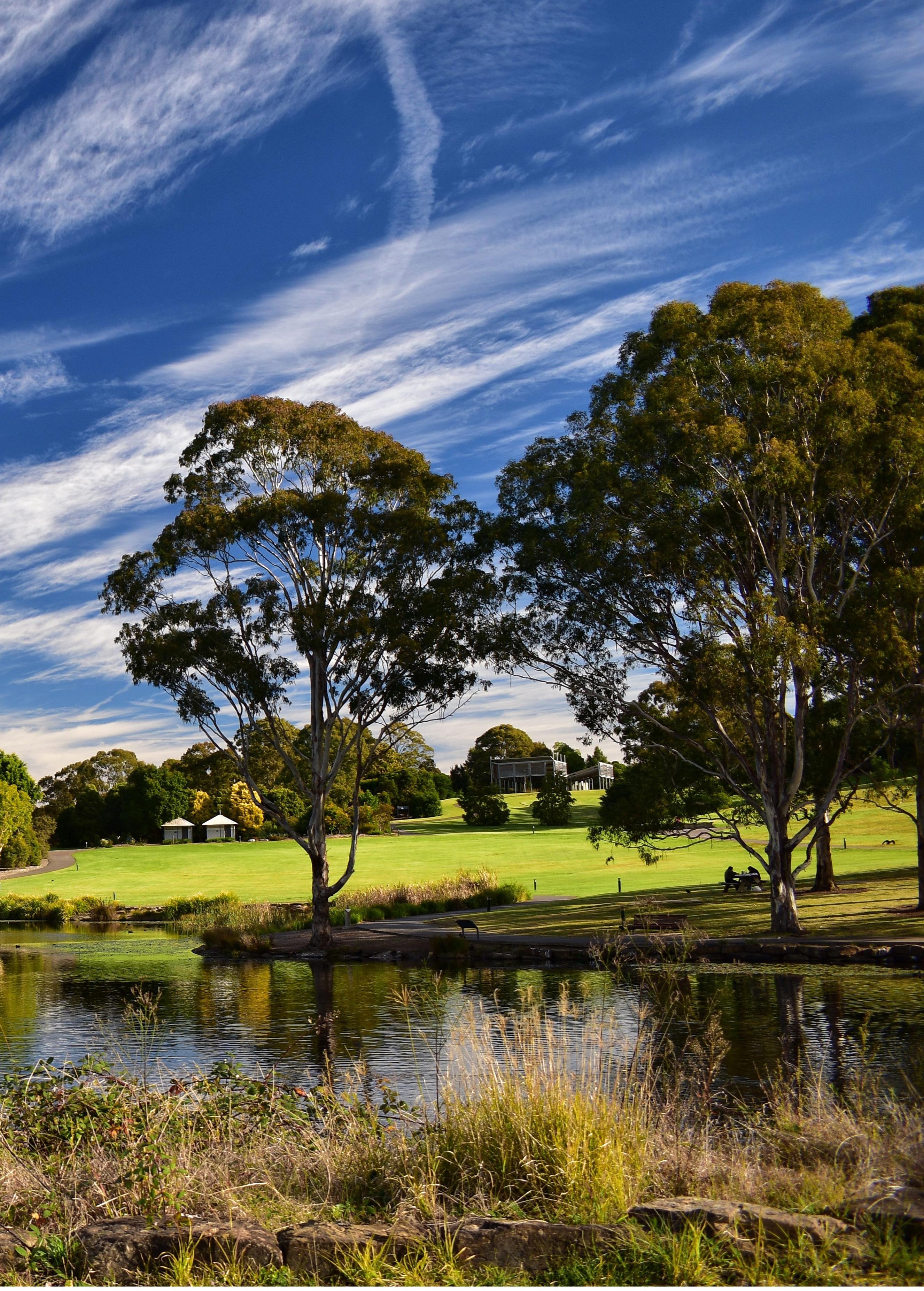
Building on the legacy of the Australian Botanic Garden Mount Annan, it will become a leader amongst sustainable botanical gardens globally. Through protecting, conserving, restoring and displaying native vegetation in a sustainable manner, the Australian Botanic Garden Mount Annan will be planned and implemented to showcase Australian cultural heritage and First Nations perspectives, as well as a net gain in biodiversity and ecosystem services.
The Australian Botanic Garden Mount Annan is positioned within south-west Sydney. The site covers 416 hectares and falls within the Campbelltown LGA to the south-east and the Camden LGA to the north-west. The Garden was opened in 1988 as a bicentennial project, providing essential open space to the local and regional community. The site provides a range of science, horticulture, education and recreation uses and associated facilities, including the Australian PlantBank, the National Herbarium of NSW. The recreational facilities include barbecues, Australian Display Garden, and open space areas. . A total of 760,497 visitors recorded in financial year 2021-2022, with an increase of 20.1% from 2020-2021.
A Master Plan for the site was prepared in 2000 with a subsequent review in 2006, outlining key strategic directions and drivers for the site. Currently, the Project values are related to scientific, horticulture, biodiversity conservation, recreation, cultural, social, education, scenic landscapes, First Nations and non-First Nations heritage. In particular, the Master Plan is intended to provide and wholistic picture to visitors of pre-colonial as well as post-modern botanical study.
The resident population of the Southwest Sydney region (Camden, Campbelltown, Liverpool, Wollondilly) is projected to grow from 613,160 people (2021) to 1,080,929 people (2041), an increase of 76.28% according to NSW Government 2019 DPIE Planning Region Projections. The population growth are largely centred around established residential centres including Campbelltown-Macarthur.
In conjunction with city-shaping transport infrastructure investment across the region, the Australian Botanic Garden Mount Annan expect significant increase in visitor numbers over the next 20 years and have identified an opportunity to review its future role. There is need to explore the future direction of the site in parallel with the evolutionary growth phase of Western Sydney.
The new Master Plan must accommodate future users and underpin the Garden’s status as an iconic Garden, scientific community asset and regional attractor. In exploring the sites current and future opportunities and constraints, there is opportunity to reduce reliance on public funding through diversifying current uses and increasing sources of revenue. The scientific, research and environmental values of the site will be retained and enhanced.
The Master Plan achieves the objectives that are set in the Trust in the RBGDT Act 1980, which can be summarised as 1) maintaining and improving the Trust lands, the National Herbarium of NSW and its living collection, 2) the study and education of Australian plant life, and 3) to encourage the use and enjoyment of ABGMA through educations, historical, cultural and recreational values.
The project has been divided into three phases:
Stage 1 Concept Master Plan
Stage 1 consisted of a Concept Master Plan and accompanying commercial strategy which aimed to strengthen the Garden’s profile as an icon of Sydney’s south-west and improve the Garden’s financial sustainability;
Stage 2 Detailed Master Plan and Business Case
Subject to Ministerial approval of Phase 1, a detailed Master Plan, Business Case and Implementation Strategy has been prepared. Scope of works were dependent on the outcomes of the Stage 1 Concept Master Plan and Ministerial Briefing Document;
Stage 3 Implementation
Scope to be confirmed on completion of Phase 2. This report has been prepared under the Stage 2 work scope.
“ I am at a loss to describe the face of the country otherways than as a beautiful park, totally divested of underwood, interspersed with plains, with rich luxuriant grass.”
Henry Waterhouse
15 Australian Botanic Garden Mount Annan Master Plan Report 2022 14 Australian Botanic Garden Mount Annan Master Plan Report 2022
Project Overview
Figure 2: Photo of Mount Annan, ABGMA

17 Australian Botanic Garden Mount Annan Master Plan Report 2022 16 Australian Botanic Garden Mount Annan Master Plan Report 2022 2.0
A WORLD CLASS VISION Figure 3: Photo of the Cumberland Plains
Woodland, ABGMA
2.1 RESTORING COUNTRY
The Australian Botanic Garden Mount Annan will become an International destination that showcases Australia’s Pre-Colonial landscape whilst providing valuable open space for community.
Dharawal people are the traditional owners and Dharug and Gundungurra as bordering nations who shared and contributed to country. Celebrating First Nations cultural heritage and traditional land management practices will be an important focus of the future of ABGMA, and has been consulted on with various First Nations groups and stakeholders.
The vision for the next phase of development at the ABGMA is for the botanic garden to become a world class, international destination that showcases Australia’s Pre-Colonial landscape whilst providing valuable open space for community. The key narrative is that Country will slowly be restored providing a glimpse into the unique and ancient botanical landscape of the Cumberland Plain.

The ABGMA will be transformed from a predominately car oriented picnicking destination into Australia’s largest botanic garden that exhibits rich native biodiversity and vibrant visitor facilities to equal the great botanic gardens of the world. It will house a botanical research and innovation cluster that unites science with industry. These changes will strengthen ABGMAs role in sharing the study of botanical sciences and plant conservation.
The new Master Plan features a central visitor precinct that maximises value from recent investments in the PlantBank and National Herbarium of NSW. The precinct proposes a series of cascading central lakes that are united inside a loop walk shaped in the form of a Coolamon; a drinking vessel. Two ‘C’ shaped boardwalks flank the Coolamon representing people seated and yarning alongside the Coolamon.
The ABGMA will be a diversely Australian place offering Australia’s largest living and preserved botanic collection that leads a self-sustaining approach to celebrating community, culture and best practice environmental management.
The Master Plan not only reflects the current and continuing use of ABGMA as a botanic garden, it also provides an holistic picture to visitors of pre-colonial as well as post modern botanical study. Through communicating the rich First Nations history of Mount Annan and embedding it within the design, authentic connections to Country will be made.
The Master Plan proposes restoring the Pre-Colonisation vegetation mosaic of woodlands and grasslands as a framework for the ABGMA’s future landscape structure.
Additionally an Australian Native Plants Farm, First Nations Garden and Centre is proposed to allow First Nations Australians to gather, share knowledge and practice on Country.
Access is planned for modification with the closure of internal roads to private vehicles in favour of walking, cycling and
varied modes of electric mobility; creating a pedestrian core at the heart of the site. Connections to two nearby planned rail stations on the east and west will also be made; allowing for more equitable access to and from the Gardens for all.
19 Australian Botanic Garden Mount Annan Master Plan Report 2022 18 Australian Botanic Garden Mount Annan Master Plan Report 2022
A World Class Vision A World Class Vision
Figure 4: First Nationss using Fire to Hunt Kangaroos - Joesph Lycett, c1820 – National Library of Australia
COUNTRY
Mount Annan has always been a place of confluence - one of meeting and coming together which will remain as part of the ABGMA Master Plan.
The land is full of incredible diversity - a rich tapestry of flora, fauna, water bodies and landform. This rich environment is home to some incredibly significant ecological communitiessuch as the Cumberland Plain Woodland. These communities are a defining element of Country, and will be protected and enhanced.
The ABGMA will seek to work together with local First Nations communities to build upon, and create, themed gardens and displays, First Nations Cultural Centre, First Nations guided tours and publications to acknowledge the significance of these lands to First Nations people, past and present.
LANGUAGE
Dharawal, Dharug and Gundungurra all have unique languages which should be celebrated and embedded as part of the Master Plan experience of the ABGMA. The incorporation of First Nations plant names, fauna, totems, and storylines will allow for the education and sharing of language throughout the Gardens and the wider community.
PRACTICE
The First Nations inhabitants traditionally moved between the areas now known as Campbelltown, Liverpool, Camden and Picton, and occasionally as far as Parramatta.

Traditional First Nations society was made up from distinct family groups and extended families. All members had specific responsibilities, based on age and gender. Clan boundaries were well defined and each clan was responsible for ensuring the well-being of their lands.
First Nations people incorporated many different land management techniques, including the burning off of areas to clear the understory vegetation and promote growth of grasses suited for macropods. They saw themselves as part of the land, not separate from it. This land management practices are aimed to be allowed for, and incorporated, as part of the Master Plan and the ongoing management of land of the ABGMA.
Figure 5: Sketch map of the Cumberland Plain showing First Nations tribal lands in 1788. Unknown author.
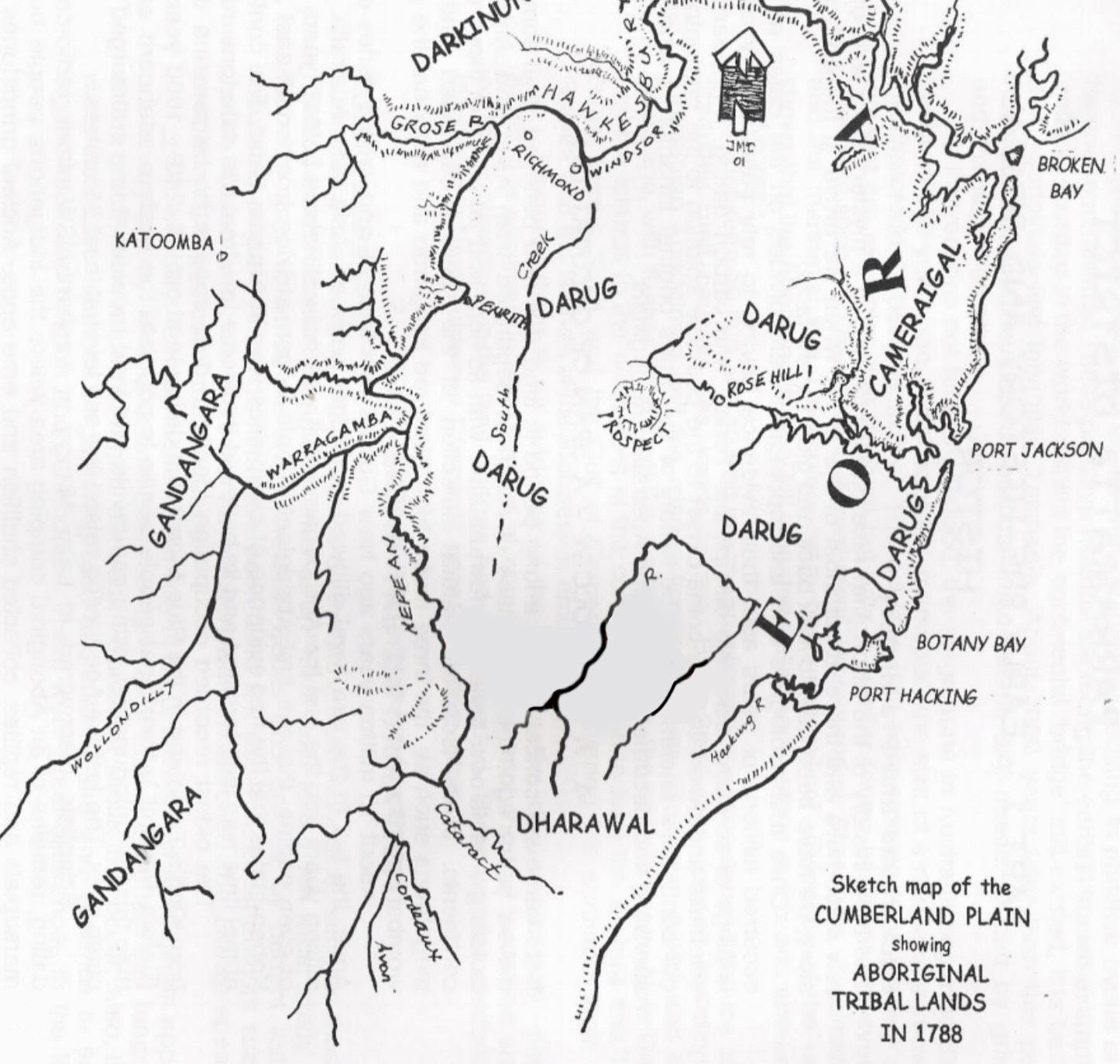 AUSTRALIAN BOTANIC GARDEN MOUNT ANNAN
AUSTRALIAN BOTANIC GARDEN MOUNT ANNAN
20 Australian Botanic Garden Mount Annan Master Plan Report 2022 A World Class Vision
STRATEGIC CONTEXT

SYDNEY SOUTH WEST GREEN GRID
Its location on a planned City-Serving Transport Corridor, which interconnects with the planned train link at both Narellan and Campbelltown-Macarthur, means ABGMA is strategically situated to be highly accessible for national and international visitors originating from the proposed Western Sydney Airport and local visitors from the nearby strategic centres.
Figure
WESTERN CITY DISTRICT CONTEXT
The Australian Botanic Garden Mount Annan is recognised by the plan as a key asset within the Western District Plan. A multi-modal orientated development with links to both the proposed airport and strategic centres will help to ensure the sustainability and resilience of the site and broaden the appeal of the ABGMA beyond people with access to cars.
The future transport link between the North West, Western City Airport, South West and Greater Macarthur Growth Areas will provided improved transport options and accessibility to the ABGMA.
Narellan New Station
ABGMA Transportation Hub
Green link to Katoomba (44km)
Green Link to Penrith (54 km)
Western Sydney International Airport
Green Link to Parramatta (82 km)
Green Link to Sydney CBD (62 km)
ABGMA
Green Link to Wollongong (53 km)
Figure 7: Regional Green Links, Western Sydney Green Grid, Tyrell Studio 2017
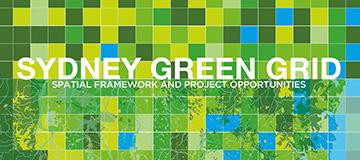
ABGMA to Narellan Stations Link (4 km)
ABGMA to Western City Parklands (17 km)
Macarthur Station
ABGMA Transportation Hub
ABGMA to Macarthur Station Link (2.5 km)
ABGMA to Sydney CBD (62 km)
ABGMA to Western City Parklands (82 km)
Figure 8: ABGMA Local Green Links GANSW, Western Sydney Green Grid, Tyrell Studio 2017
Australian Botanic Garden Mount Annan
6: GANSW, Sydney Green Grid, Tyrell Studio 2017
23
Plan Report 2022 22 Australian Botanic Garden Mount Annan Master Plan Report 2022
Master
A World Class Vision A World Class Vision
2.2
2.3 PLACE FRAMEWORK
This Place Framework acts as the place experience brief for the development of the Master Plan. It brings together the answers to key questions regarding the desired future for the Australian Botanic Garden Mount Annan - the people, the place, the purpose and the audience.
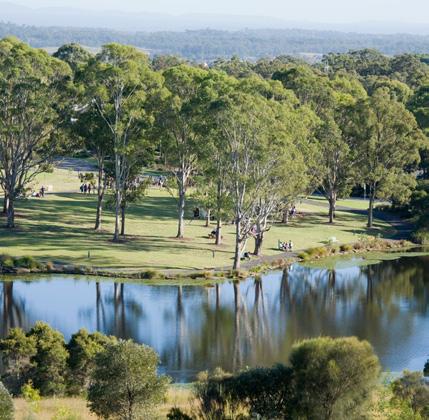
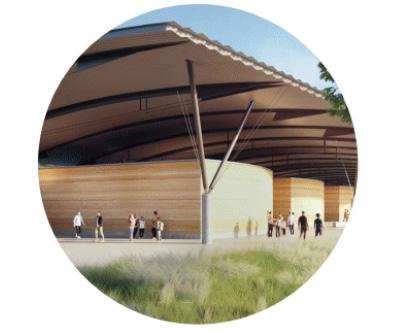
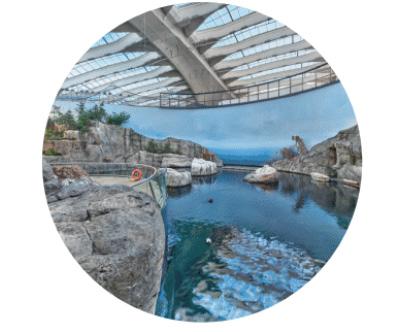
PLACE
CONNECTION TO COUNTRY through deep partnerships with First Nations Australians and a commitment to shared learning and training.
HUMAN FOCUSED destination that is accessible, legible, inclusive and enhances visitors’ appreciation of the Garden.
COMMUNAL RECREATION offered as an essential activity enriching the lives of the people of the Western Parkland City.
PEOPLE
BOTANICAL EXPERIENCE will be championed in everything we do.

MORE FUNCTIONAL place that is designed in a way that enables great visitor experiences.
EXEMPLARY within the local and regional context.
PURPOSE
COMMERCIALLY VIABLE with more diverse land use and service. offerings
SAFER for staff, visitors and wildlife, across both day and night.
AUDIENCE
Globally unique nature experiences
International Visitors
Australia
Authentic community connection to Country
Premier outdoor cultural & tourism destination

Greater Sydney
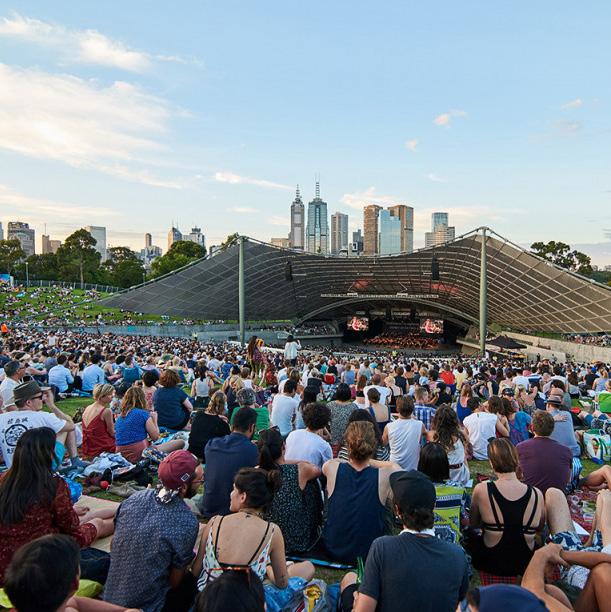
Academics and Researchers
Most bio-diverse living & preserved collections of native species
Business and Government
Centre for Eco-Industry Hub and innovation

Figure 9: Place Framework for the Australian Botanic Garden Mount Annan - Place Partners, 2021 25 Australian Botanic Garden Mount Annan Master Plan Report 2022 24 Australian Botanic Garden Mount Annan Master Plan Report 2022
A World Class Vision
A World Class Vision
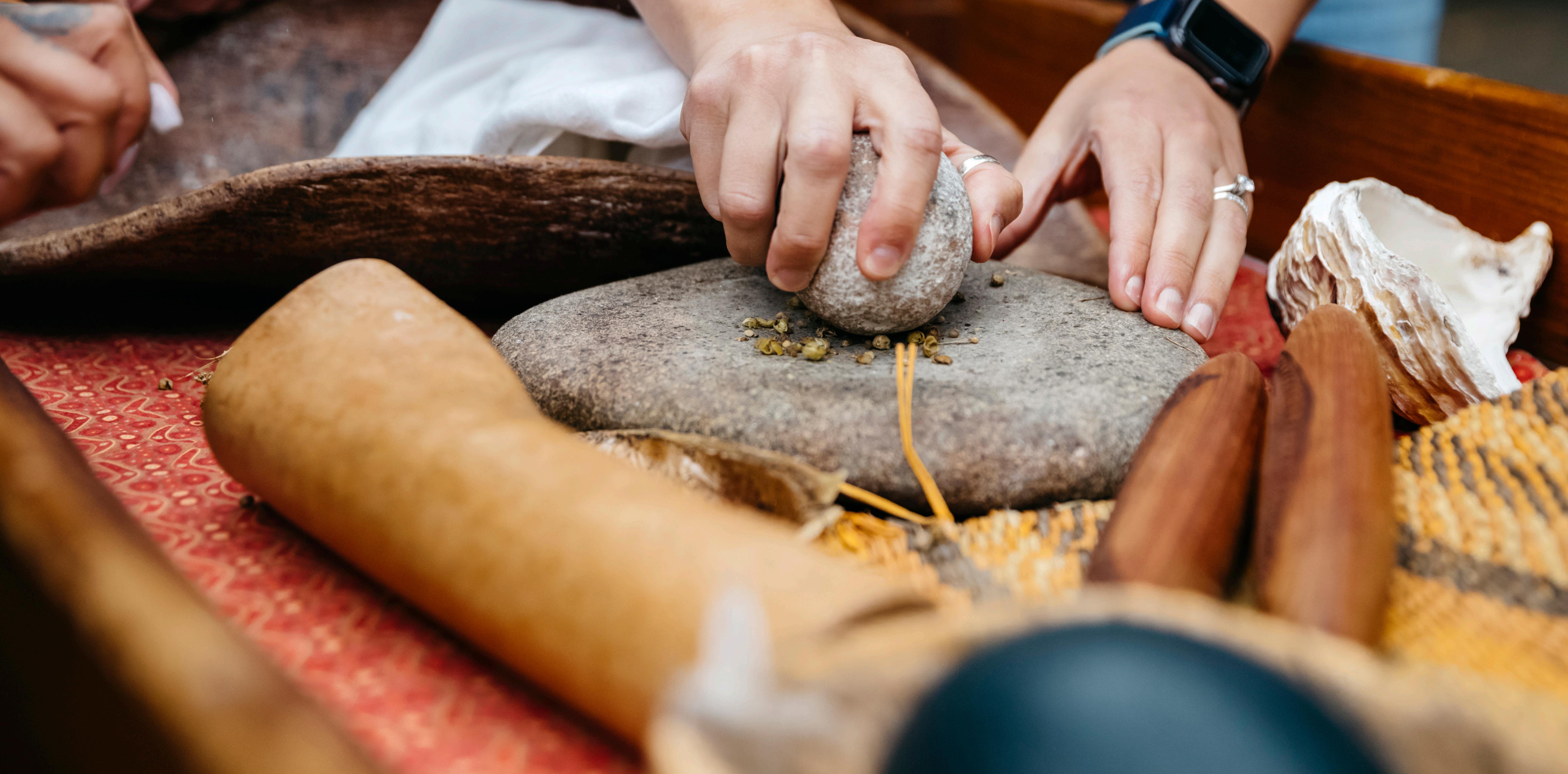
27 Australian Botanic Garden Mount Annan Master Plan Report 2022 26 Australian Botanic Garden Mount Annan Master Plan Report 2022
CONSULTATION / ENGAGEMENT Figure 10: Precedent - First Nations Cultural Practice
3.0
3.1 FIRST NATIONS ENGAGEMENT OUTCOMES
The Earth / Gathering
Hills & High Places

Creeklines / Water
UNDERSTANDING COUNTRY
All the elements of the natural world, the earth, the sea and the sky are aspects of the unique relationship that all First Nations people have with the world. These parts all make up the notion of ‘Country’.
First Nations people often recall that it was the Spirits that created the world as it is now, all descend from spirits who once lived in the sky. Every aspect of the world we see now was created in response to the needs of those spirits. All features of the natural earth represent parts of the spirit dreaming and are repeated in the dreamings of the people who now inhabit the earth.
Just as rocks, trees, rivers, soil, the ocean have a connection to that dreaming so each also has a connection to the totems of the people. Each animal, snake, fish lizard or insect has its totem and they also have a direct connection to their ancestral origins in the sky. Those spirits live on in ‘Country’ right now.
As part of the ABGMA design process we have engaged in thorough consultation with various First Nations stakeholders which has revealed the importance and sacredness of ‘Country’. Their feedback, and input, has shaped the Master Plan most poignantly in the following ways::
The earth is often referred to as Mother and everything about it is held in great reverence. The significance of the earth to be managed appropriately through First Nations land management practices was identified as an opportunity, as was the importance of having spaces to gather, yarn, and practice on ‘Country’.
The hills and high places hold spiritual and practical significance. For the Master Plan, it was identified to not build on the high points and ridgelines, and to keep these areas naturalised and respectful of their form.
Water is incredibly significant spiritually, as it sustains and promotes life. Water sets the structure of ‘Country’ in the way it interacts with Earth. It carves ‘Country’ up and sets the rhythm and flow of how humans experience it. For this reason, the central area of the Garden is proposed to radiate around a central Coolamon Lake that draws people down to a generous body of water.
Cumberland Woodland
The protection and restoration of Cumberland Plain Woodland was identified of great importance. The Woodland is a cool place important for giving cover to people and animals as well as resources and food providing a diverse range of habitats that support many species.
Practice / Learn
Learning, educating and practicing on ‘Country’ is a fundamental opportunity identified for the Garden. Having an First Nations Knowledge Centre with associated classes, workshops and facilities to promote practicing on ‘Country’ will be embedded in the Master Plan.
The Sky /Stars
The sky and stars ground cover and place, and is often associated with the afterlife. Opportunities to engage with the sky and the stars was identified; this is reflected in new nightime programs / opportunities (such as glamping) to occur in the Garden.
29 Australian Botanic Garden Mount Annan Master Plan Report 2022 Australian Botanic Garden Mount Annan Master Plan Report 2022
“If we look after Country, it will look after us.”
“How are you going to leave my Country better than what it was before?”
Consultation / Engagement Outcomes Consultation / Engagement Outcomes
Figure 11: Photo of Mount Annan, ABGMA
3.2 STAKEHOLDER ENGAGEMENT OUTCOMES
The ABGMA Master Plan team also engaged in stakeholder consultations with various significant and interested parties; ranging from local community groups to government bodies. As part of their feedback, and input, this as shaped the Master Plan most poignantly in the following ways:
Keeping What We Love
The design should be reflective of place and keep what the community loves - this being the unique Western Sydney flora and fauna, as well as celebrating the ABGMA as a living collection.
Quiet places to dwell, already existing events, and community activities must be retained and at the fore of the new Master Plan.
First Nation Opportunities
As part of consultation with various community and stakeholder groups, it was identified that it was of great importance for this place to be for everyone. In particular, the design should highlight the strong and deep connection to Country that the First Nations community has at Mount Annan.
This can be achieved through an Australian Native Plants Farm, Gardens, and opportunities to practice on Country.
Protect & Restore Nature
Being environmentally conscious and aware of the significant ecology currently found on site was identified of great importance - in particular the protection of the Cumberland Plain Woodland.

New built form should be considerate of the landscape and topography of the site; seamlessly integrated.
Any new built form should also be world leading in terms of sustainable practices.
Education & Learning
The Garden will include a range of education and learning opportunities to build upon First Nations knowledge amongst the community, and more broadly on the importance of Botanic Sciences.
Such opportunities range from play spaces for young children, mountain bike trails for adolescent ages, to more meandering quiet reflective spaces for older age groups this Garden will cater for all ages and abilities.
Active & Quiet Spaces
A diversity of external programs and activities should be allowed for in the design to cater to a growing community in Western Sydney - ranging from quiet picnicking areas to lively event spaces.
It’s also noted that this growth in programming within the Garden should be complimentary and considerate of the existing horticultural and scientific elements of the Garden; a focus which will is at the core of this Master Plan design.
Community Amenity
More amenities and facilities for the community should be allowed for in the Master Plan.
Of note, more seating, toilets, walking trails, education facilities, events, and food and beverage offerings was of great prominence, and seen as fundamentally important for the design of the Garden as identified in the consultation process.
NEOM Landscape Guideline 2021 30 31 Australian Botanic Garden Mount Annan Master Plan Report 2022 Australian Botanic Garden Mount Annan Master Plan Report 2022
Consultation / Engagement Outcomes Consultation / Engagement Outcomes
Figure 12: Photo of the Existing Australian Botanic Garden Mount Annan
TECHNICAL FINDINGS

33 Australian Botanic Garden Mount Annan Master Plan Report 2022 32 Australian Botanic Garden Mount Annan Master Plan Report 2022
4.0
Figure 13: Precedent - National Herbarium of NSW Collections
4.1 TECHNICAL FINDINGS INPUTS


A range of technical inputs from various consultants has been provided as part of the design assurances of the Master Plan. These range from biodiversity reports, services reports, heritage assessments to market analysis. Key inputs from these reports have informed / guided the design of the Master Plan. These are noted in the below table:
Key Points Master Plan Outcomes
> Conservation and protection of Cumberland Plain areas (ensuring these are not impacted) is of fundamental importance
> Potential for total area calculated is 117.68 ha (EEC), generating 164 Ecosystem Credits if option pursued
Biodiversity Report

SLR Consulting
> Key areas of high programmatic uses to be carefully managed / maintained as part of bushfire prevention (such as the central event lawn and associated lake areas)

> Conservation Areas: areas of conservation that generate revenue from the Biodiversity Conservation Trust (BCT)
> Conservation mechanisms: Conservation agreements, Wild Refuge agreements, Biodiversity stewardship agreements
> Strengthening wildlife corridors
> Species propagation and revegetation
> Fauna reintroduction
> Education opportunities (plant walks etc.)
> Ensuring asset protection zones (clear areas of vegetation) are allowed for as set out for the key identified precincts

> Potential for First Nations Bushfire Management as part of the land maintenance throughout the Gardens
Bushfire Report

> Identified high level asset protection areas to be considerate of when moving into further detail into the precincts

> Low potential for contamination across the majority of the site, unlikely any acid sulfate soils
> Consideration of stockpile and fuel storage areas
> Fuel storage location, and treatment strategy for the existing one to be relocated, has been considered (and will need to undertake further study in future phases)
> Low potential for contamination in areas of landform manipulation (the Coolamon Lake)
> Topography / landform largely kept undisturbed in outlying areas of the site (including Mount Annan)
Key Points Master Plan Outcomes
> Identification and understanding of the constraints of existing assets (specifically the Sydney Water Canal)
> Flooding risks are minimal, largely associated with the eastern extents of the site which will remain largely untouched as Mountain Bike / Walking trails
> Potential for water re-use to occur on site

> Proposed built form to sit outside critical flood areas
> Minimal impact, with a detailed analysis of the water cycle management to be undertaken moving forward
> Sydney Water Canal is to be separate / not conflict with proposed uses (i.e. the Coolamon Lake, proposed built form) with the potential for educational opportunities in conversations with Sydney Water
> Identification and understanding of the constraints of existing assets (power lines, gas lines, operational facilities etc.)
> No built form / programs under the power lines
> Gas line is unimpeded (no built form sitting over)
> Allowance for sewerage infrastructure
> Operations / Depot locations have been identified (with allowance for future growth as required)
> Significant pre-colonial and colonial (agricultural) history to the site that can be celebrated
> A total of 14 First Nations sites were identified in the study area
A total of 65 First Nations sites were identified within the search area - including two key ones centrally to the site
> AHIMS sites identified on site (including around the Coolamon Lake and the Botanical Domes) have been protected / located on site to be undisturbed
> The Stolen Generations Memorial is currently being repaired on site, and it is being restored to prominence.
35 Australian Botanic Garden Mount Annan Master Plan Report 2022 34 Australian Botanic Garden Mount Annan Master Plan Report 2022
ABPP Contamination Report JBS&G
> Open air theatre/ event amphitheatre > Hotel / resort and glamping > Bicycle hire / upgrades > Restaurant, Cafe, Kiosk > Key tourism nodes (Botanical Domes, Australian Native Plants Farm etc.) and large events > Inclusion of recommended facilities, and to be in line with sizes detailed in the report (including the areas
> Master Plan allows for future expansion and growth of designated uses if required
> Walking and Cycling, exploring strategic active travel linkages & gateways > Public Transport linkages > Formalise parking areas and consolidate over flow parking > Investigate Pedestrian Bridges > Consider E-vehicles to support connection for those without cars > Liaise with TfNSW for a bus route along Mount Annan Drive > Shuttle bus services from Airport and key Metro Stations > Clearly define sense of arrival / parking for vehicles with E-vehicle services to loop around the Garden for all users > Develop integrated regional and local bike network > Improve visitor way finding and orientation for pedestrians > Allow for sufficient parking for large events to occur on site Hydrology Report Mott Macdonald Utilities Report Mott Macdonald Heritage Report Artefact Technical Findings Inputs Technical Findings Inputs Market Appraisal HillPDA Transport Report SCT Consulting
recommended for the Botanical Domes)
(i.e. the Eco-Industry Hub can expand further to the north)

37 Australian Botanic Garden Mount Annan Master Plan Report 2022 36 Australian Botanic Garden Mount Annan Master Plan Report 2022 5.0 SIX KEY MOVES
Figure 14: Photo of the Paper Daisy in the Australian Display Garden, ABGMA
5.1 SIX KEY MOVES

As a result of extensive consultation sessions, discussion and collaboration with the ABGMA team, and from thorough site and market analysis, Six key moves have been identified as the underpinning framework to inform the Master Plan moving forward. These are as follows:
WORLD LEADING BOTANICAL SCIENCES
CONNECTION TO COUNTRY
38 Australian Botanic Garden Mount Annan Master Plan Report 2022
Six Key Moves
GLOBALLY UNIQUE NATURE EXPERIENCES TOURISM & EVENTS SUSTAINABILITY & INNOVATION EASY TO ACCESS AND GET AROUND
5.2 WORLD LEADING BOTANICAL SCIENCES

Leveraging off existing world class facilities (the Australian PlantBank and National Herbarium of NSW) and one of world’s best scientifically documented Living Collection of Australian Plants, establishing new facilities / areas that provide opportunities for research, learning, conservation and visible solutions to global problems.
The Australian PlantBank
The Australian PlantBank provides opportunities for visitors to engage and learn more about Australia’s unique flora.
National Herbarium of NSW
The National Herbarium of NSW houses over 1 million plant species. This efficient quarantined facility is vital for continual scientific research for conservation of our natural environment.

Botanical Domes
The Botanical Domes are a key research and visitor destination, offering an immersive opportunity for people to experience the characteristics of Australia’s diverse climatic regions and respective plant communities.
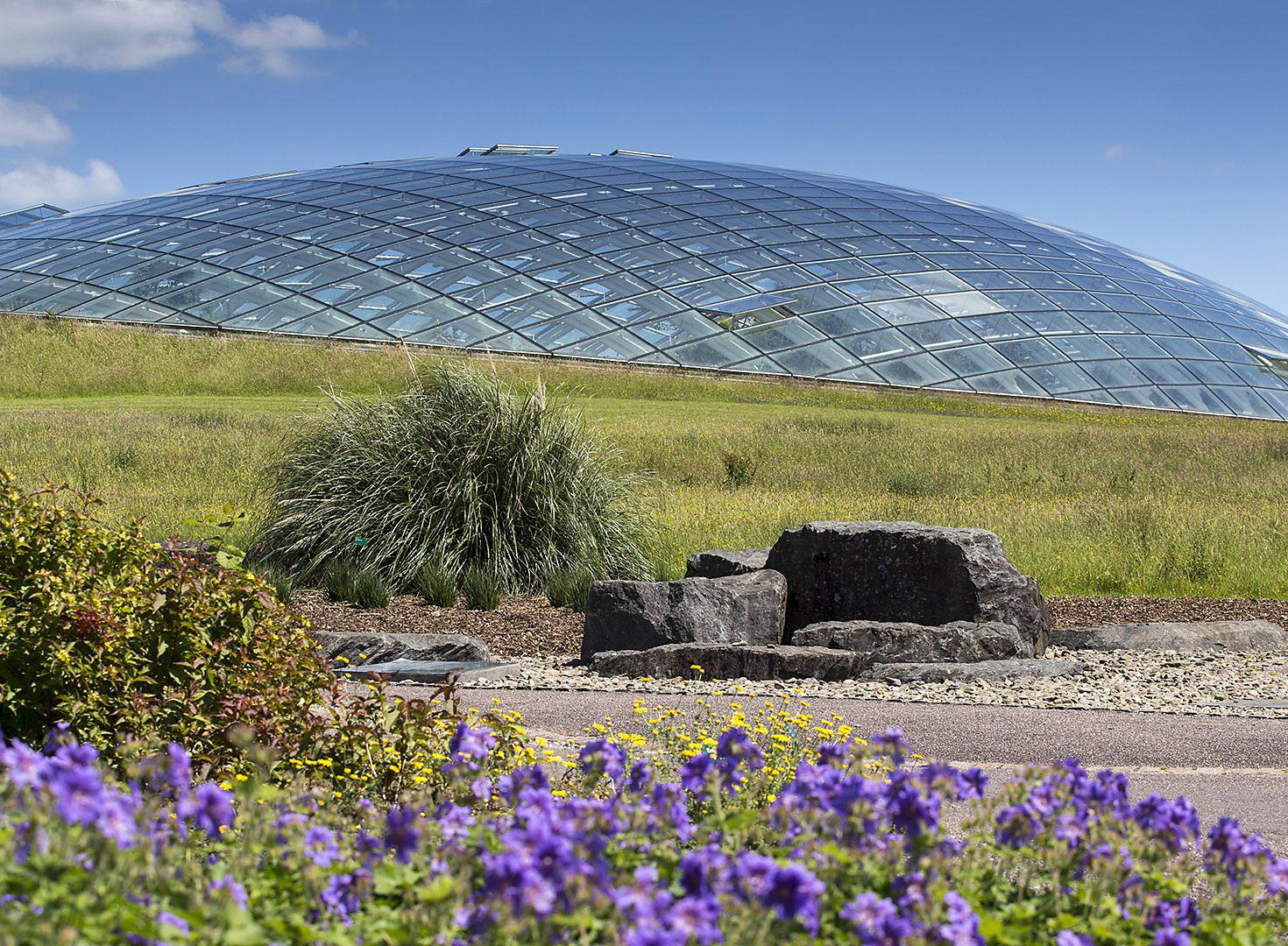
Conservation Nursery / Operations Hub
The Conservation Nursery with adjoined an administration building and a conservation nursery provides opportunities to propagate and grow native plants for the revegetation and restoration of ecological communities. .
Conservation Areas
The continual conservation of endangered ecological communities that exist within the Garden.

40 Australian Botanic Garden Mount Annan Master Plan Report 2022
Six Key Moves
Botanical Domes
Conservation Areas
Figure 15: Precedent - National Botanic Garden of Wales, UK
Figure 16: Precedent - Science, Innovation and Horticulture Lab
Figure 17: Precedent - PlantBank and National Herbarium of NSW
5.3 AUTHENTIC CONNECTION TO COUNTRY
Australia has the privilege of having the world’s oldest continuous living culture; this presents the opportunity to build meaningful connections to culture and Country through learning and experience.


First Nations Garden, Australian Native Plants Farm & First Nations Cultural Centre
A place to practice on Country - a First Nations Garden that celebrates and showcases native planting, a working Australian Native Plants Farm for produce and cultural resource planting / education, and an associated First Nations First Nations Cultural Centre to share knowledge and provide amenity.
First Nations Land Management
Allowing for First Nations Land Management to occur throughout areas of the Garden.

First Nations Cultural Awareness Programs / Tours
An opportunity for unique cultural sharing that encourage intimate visitor dialogue with First Nations people that connect stories of Country through visual, auditory and tactile learnings.

First Nations Cultural Centre &
Events
A First Nations Cultural Centre that facilitates a range of activities and facilities to support local First Nations community events - such as NAIDOC week celebration, Sorry Day, and potentially art markets.
Stolen Generation Memorial
A quiet, reflective place / memorial for all Australians to visit, reflect, and commemorate the impact of the removal of First Nations and Torres Strait Islander children from their families.
42 Australian Botanic Garden Mount Annan Master Plan Report 2022
Six Key Moves
First Nations Land Management
First Nations Garden, Australian Plants Farm & First Nations Cultural Centre
Stolen Generation Memorial First Nations Cultural Centre & Events Cultural Awareness Programs
Figure 18: Precedent - First Nations Community Events / Art Markets
Figure 19: Precedent - First Nations Community Events / Art Markets
Figure 20: Precedent - First Nations Cultural Centre
5.4 GLOBALLY UNIQUE NATURE EXPERIENCES
People are looking more and more for experiences that connect them to the natural world; Australia has incredibly unique flora and fauna that can be showcased and celebrated here which is not found anywhere else around the world.

Botanical Gardens Display
The Australian Botanic Garden offers visitors to locate and engage with over 2000 individual plants via themed gardens across the site.
The Coolamon

Centring the meaning ‘carrying vessel’, the Coolamon celebrates water as a space for cultural and spiritual nourishment where visitors can come together and enjoy a range of aquatic offerings.
Botanical Sciences Core (PlantBank & National Herbarium of NSW) & Learning Programs
The world leading Botanic Sciences Core and learning programs, offering a space to discover the importance of conservation work and forward leading scientific research .
Nature Play
An opportunity to explore the wonder of nature through physical pursuits, here visitors are encouraged to run, jump, play, learn and discover the treetops, water and vegetation of Australian Botanical Garden.


45 44 Australian Botanic Garden Mount Annan Master Plan Report 2022
Six Key Moves
Botanical Sciences Core & Learning Programs
The Coolamon Lake
Nature Play Space
Botanical Gardens Display
Figure 21: Lakeside, The Australian Botanic Garden Mount Annan
Figure 22: Precedent - Australian Native Species Eucalyptus torquata
Figure 23: Precedent - Ian Potter Children’s Wild Play, Centennial Park Sydney
5.5 A PREMIER DESTINATION FOR TOURISM & EVENTS
Western Sydney’s rapid growth is leading to an increased demand for quality community space. Creating a premier recreational and cultural offering at the Botanic Garden will make it the preferred venue from social gatherings to large major events.


Community / Social Gatherings
A series of discrete, small gathering spaces will be incorporated throughout the garden for small groups to gather for picnics and a variety of social events.
Festivals / Major Events
Sitting within the visitor core of public activation is the grassed amphitheatre of large outdoor events, holding a capacity of several thousand visitors that are drawn to experience open aired views.

Community Facilities (Visitor Centre, Cafe and Restaurants)
The visitor Visitor Centre, café and restaurants offer guests numerous ways to be welcomed into the Garden. These facilities orient to the central core that incorporate outdoor and undercover programs by adopting public and urban benchmarks.
Community Programs (Botanic Workshops and Classes)
A wide range of botanic workshops, classes and guided walk tours that explore the heritage and plant diversity.
Community Facilities & Programs


Festivals / Major Events
Community / Social Gatherings
Festivals / Major Events
47
Master Plan Report 2022 46 Australian Botanic Garden Mount
Master Plan Report 2022
Australian Botanic Garden Mount Annan
Annan
Six Key Moves Six Key Moves
Figure 24: Precedent - Market Events, The Australian Botanic Garden Mount Annan
Figure 25: Precedent - Community Programs The Australian Botanic Garden Mount Annan
Figure 26: Precedent - Events / Festival, The Domain, Sydney
5.6 LEADER IN SUSTAINABILITY & INNOVATION
A holistic, forward looking approach to sustainable and innovative outcomes; the Australian Botanic Garden will provide new innovative and sustainable facilities, engage with partners to promote environmental research, and educate the wider public on what they can do to stem the impact of global climate problems.

Science / Tertiary Education Centre
Engaging and inspiring students from all ages to work collaboratively through outdoor learning activities, immersive exhibitions, and hands on gardening that challenges students to build on community awareness, sustainable living practices and connects them to First Nations culture.
Eco-Industry Hub
The Eco-Industry hub is focused on growing the Botanic, Horticulture and Living Sciences capabilities and research capacity of the Garden. This will be achieved through world class facilities and innovative partnerships with industry and educational institutions.

Events Centre
Internal spaces which allow for industry workshops, partnerships to be formed, and conferences to be held.
Eco-Tourism
This will be an immersive outdoor experience for visitors to stay ‘in style’ and explore the Garden, or simply camp out amongst the stars. The built form of the accommodation and the glamping will be integrated respectfully with the landscape, and showcase the Garden in all its beauty.

New Sustainable / Environmentally Conscious Facilities
All proposed buildings will seek to act on (and mitigate their impact on) climate change, deal with the management of resources, restricts waste and maintenance, work passively to reduce energy consumption, and be designed to use materials and finishes that sit seamlessly with Country.
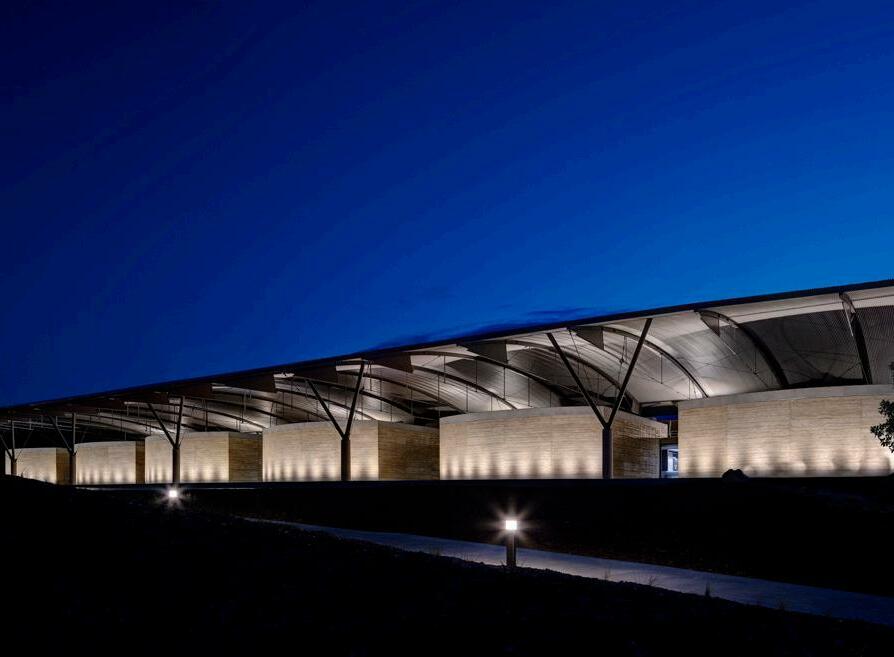
48 Australian Botanic Garden Mount Annan Master Plan Report 2022
Six Key Moves
Eco-Industry Hub Events Centre
Eco-Tourism
New Sustainable / Environmentally Conscious Facilities
Science / Tertiary Education Centre
Figure 27: Photo of the Existing PlantBank & National Herbarium of NSW Building, The Australian Botanic Garden Mount Annan
Figure 28: Precedent - Eco-Accommodation, Grampians Peaks Trail Cabins, Victoria
Figure 29: Precedent - The PlantBank seed vault of the Royal Botanic Gardens Sydney
5.7 EASY TO ACCESS & GET AROUND
Public Vehicular Access Points
A series of vehicle access points are found on the northern, western and southern (future) portions of the site.

Pedestrian Access Points
A variety of pedestrian access points on the periphery of the site have been proposed. These seek to tie into existing surrounding green space, and draw people into the site with greater permeability.
E-vehicle hire / Carparks
To accommodate and manage the movement of visitors around the Garden, car parking facilities are integrated in strategic site areas largely on the periphery. Here visitors are assigned then transported through E-Vehicles; a sustainable way to transport around the Garden.

Exploration Loop
A core pedestrian, bike and E-Vehicle trail which loops the park and treads delicately on the land. The trail seeks to link existing paths, connect to Country through embedded narratives, and respects existing ecological communities of vegetation.
Coolamon Loop
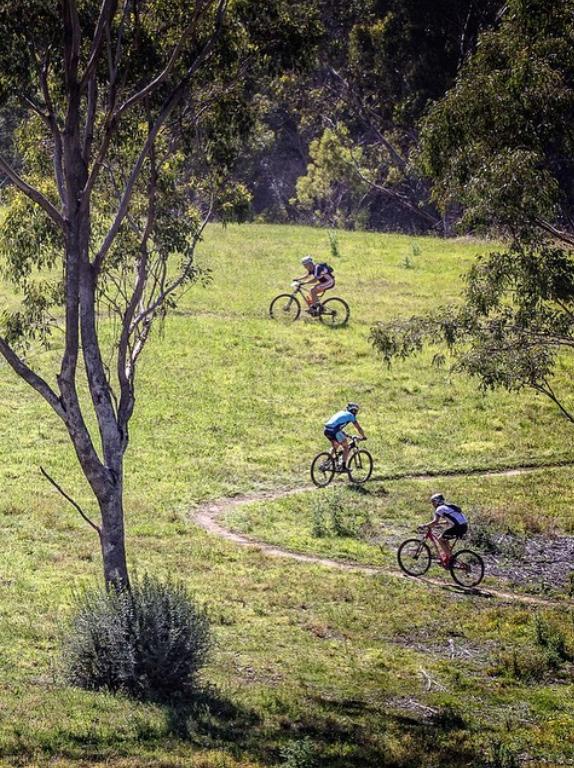
The Coolamon Loop is of cultural and physical importance, functioning as a central walking path and core events space for the Garden. It links a range of external programs, such as the Botanical Domes, and acts as the heart of the site for people to gather and celebrate.

50 Australian Botanic Garden Mount Annan Master Plan Report 2022
Six Key Moves
P
Establishing an outward looking place by strengthening connections into the site, increasing permeability across the site, and ensuring equitable access to key facilities and spaces are centred on people not vehicles.
Pedestrian Access Points
P E-vehicle hire / Car parks Exploration Loop Coolamon Loop Public Vehicular Access Points
Trails P
Figure 30: Precedent - Nature Therapy Walk, The Australian Botanic Garden Mount Annan Figure
31: Precedent - Guided Walk, The Australian Botanic Garden Mount Annan Figure 32: Precedent - Mountain Bike

53 Australian Botanic Garden Mount Annan Master Plan Report 2022 52 Australian Botanic Garden Mount Annan Master Plan Report 2022
6.0 THE MASTER PLAN
Figure 33: Photo of the Paper Daisy in the Australian Display Garden, ABGMA
6.1 MASTER PLAN OVERVIEW
A World Class Botanical Gardens only 20km from Western Sydney International Airport with direct links to strategic centres.
The ABGMA will become an International destination that showcases Australia’s First Nations landscape whilst providing valuable open space for community.
The ABGMA will become a valuable open space for the growing local community as well as an Internationally significant Botanical Garden.
The Master Plan framework balances future development that activates the site with the protection and enhancement of ABGMA’s endangered vegetation communities.
The creation of a new visitor core - the lakes precinct - sets up a spatial configuration for the majority of future uses.



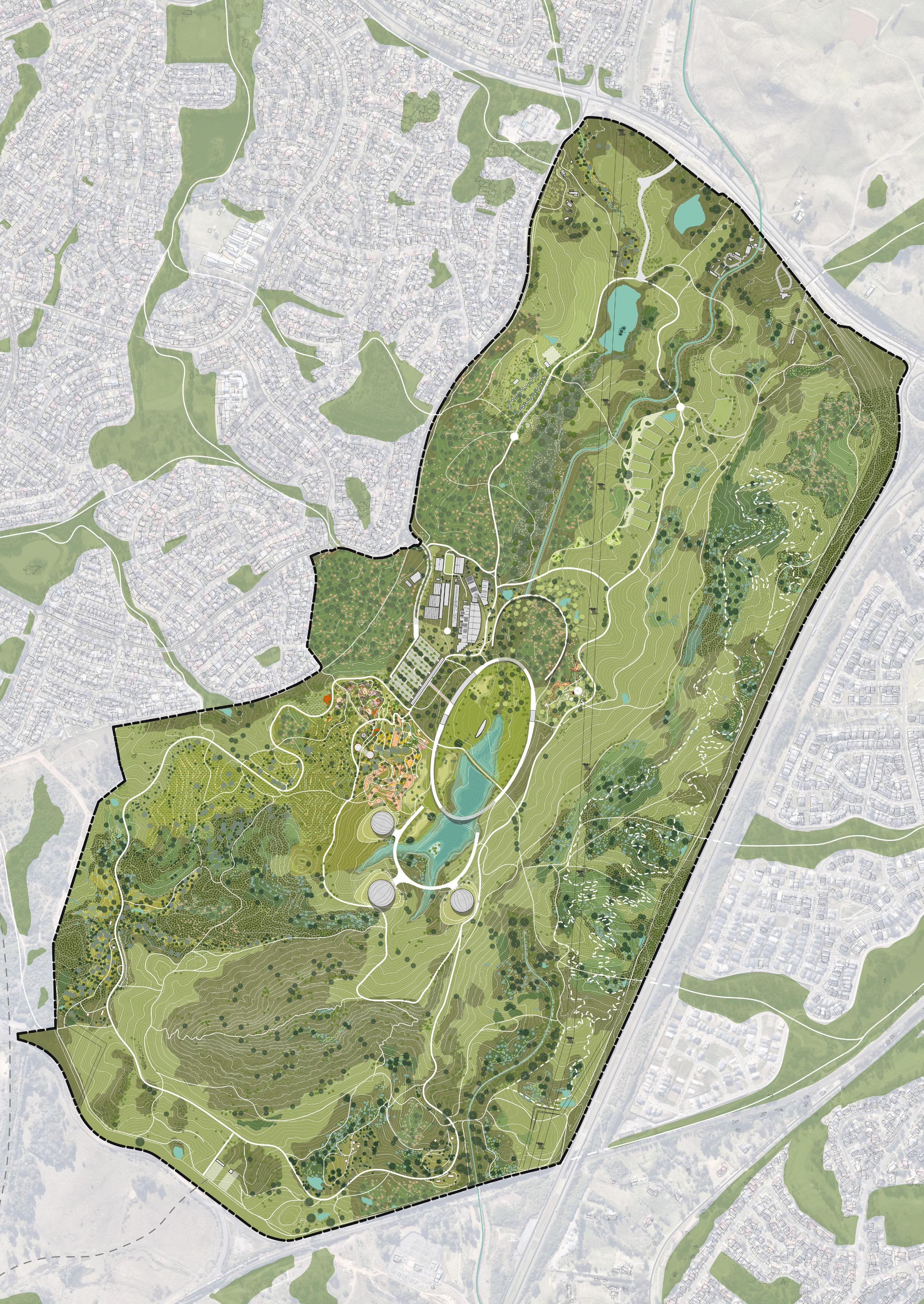
The visitor core will become a 1.5 km loop connecting the main entrance, visitor information, food and beverage offer, Botanical Domes as well as multiple networks that connect to new offers.
The Master Plan utilises existing road infrastructure, but convert the core of the site and perimeter trails into pedestrian environment. Visitors and staff will park at the new entrance off Mount Annan Drive or at the South. Visitor are encourage to walk, cycle or travel by E-vehicle across Country.
The Master Plan 9 10 11 16 15 15 15 15 18 18 19 20 21 22 23 11 11 12 13 14 24 24 24 24 25 20 20 24 23 23 23 23 23 23 23 23 23 1 2 3 4 6 7 8 17 5 0 100 200 300 400 500m
1 15 3 17 5 19 13 7 21 2 16 4 18 6 20 14 8 22 National
The
Conservation
Administration
Operational
Main
Cafe,
Events
Public
Entry Stolen
Events Lawn Botanical
Australian
Australian Native Plants Farm
First Nations Cultural
First Nations
Exploration
Bike) Southern Entry Parking
and Visitor
Spaces 9 11 10 12 Cafe and Restaurant Mountain Bike Trails Eco-Industry Hub, Learning Centre and Tertiary Education Centre and Parking (P3) -157 Spaces Feature Plant Gardens
Eco-Tourism - Glamping Eco-Accommodation Culturally Significant Artefacts (protected) Conservation Areas Nature Play Public Site Access - Mount Annan Drive Public Site Access - Narellan Road Information Hub Exploration Loop Public Vehicular Access 23 23 24 25 26 27 26 27 Master Plan
Herbarium of NSW (existing)
Australian PlantBank (existing)
Nursery (existing)
Building
Depot
Central Parking (P1) - 900 Spaces
Visitor Centre and
Centre
Site Access - Southern
Generations Memorial (restored)
Domes
Display Garden(existing)
&
Centre
Garden
Loop - Shared (E-vehicle, Pedestrian,
(P2)
Centre - 92
(existing)

57 Australian
Garden Mount Annan Master Plan Report 2022 56 Australian Botanic Garden Mount Annan Master Plan Report 2022 Figure 34: Master Plan Visualisation Render Image
Botanic
6.2 TOPOGRAPHY
The ABGMA landscape is deceptively variably - with rolling hills and undulating valleys, there is a diversity of spaces both high and low.
In principle, the Master Plan design seeks to retain the overall topographical character of the site and allow for minimal disturbance in the re-design. For instance, the high point and ridgelines will largely be untouched and unchanged - recognising that these are significant cultural markers for the site for First Nations peoples, and indeed the wider community.

The key change to the topography of the site occurs at the core - with the two existing lakes seeking to be formed into one generous lake. This will involve some associated cut and fill to the landform in this area, however endangered ecological community and constrained site assets will remain unaffected by these works.
Existing Topography
Proposed Topography


59 Australian Botanic Garden Mount Annan Master Plan Report 2022 58 Australian Botanic Garden Mount Annan Master Plan Report 2022
The Master Plan The Master Plan
1 2 3 1 2 3
< 5% Gradient 5 - 12% Gradient 12 - 25% Gradient 25 - 50% Gradient >50% Gradient The Coolamon Lake (adjusted
Mount
(unchanged
Ridgelines (unchanged
Figure 35: Photo of the existing lakes, The Australian Botanic Garden Mount Annan
landform)
Annan
landform)
landform)
6.3 FLORA & FAUNA
The biodiversity of the critically endangered Cumberland Plain Woodland in Western Sydney is among the most threatened in New South Wales and has been identified as a priority for conservation. The native vegetation of this region has been extensively cleared since European settlement with only 12 per cent remaining as intact bushland.
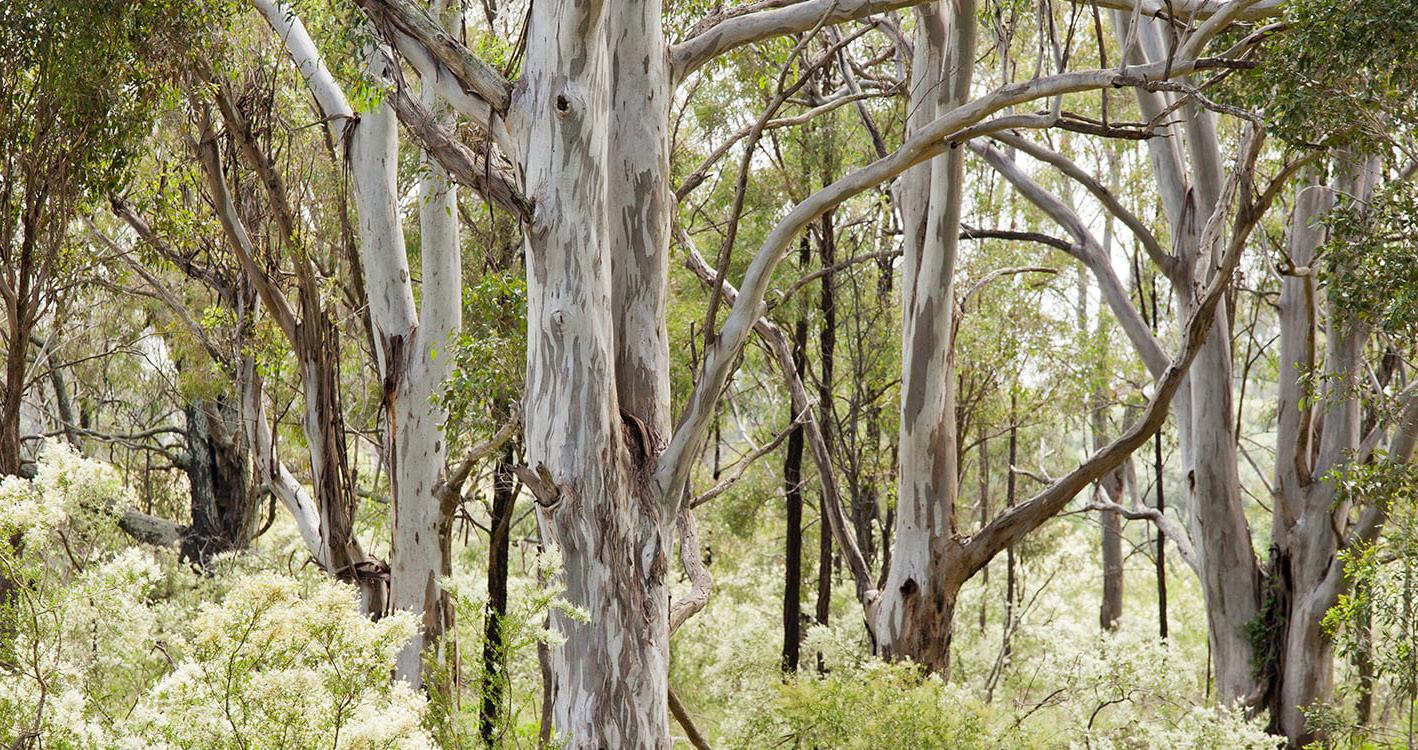

The Cumberland Plain contains a large body of First Nations cultural heritage. The project proposal is centred around recovering the Pre-Colonisation mosaic of Grassland and Cumberland Plain to enhance and protect this endangered plant community. In doing so, this Mosaic will provide a grounded sense of place and unique offering of the Australian landscape to international visitors.
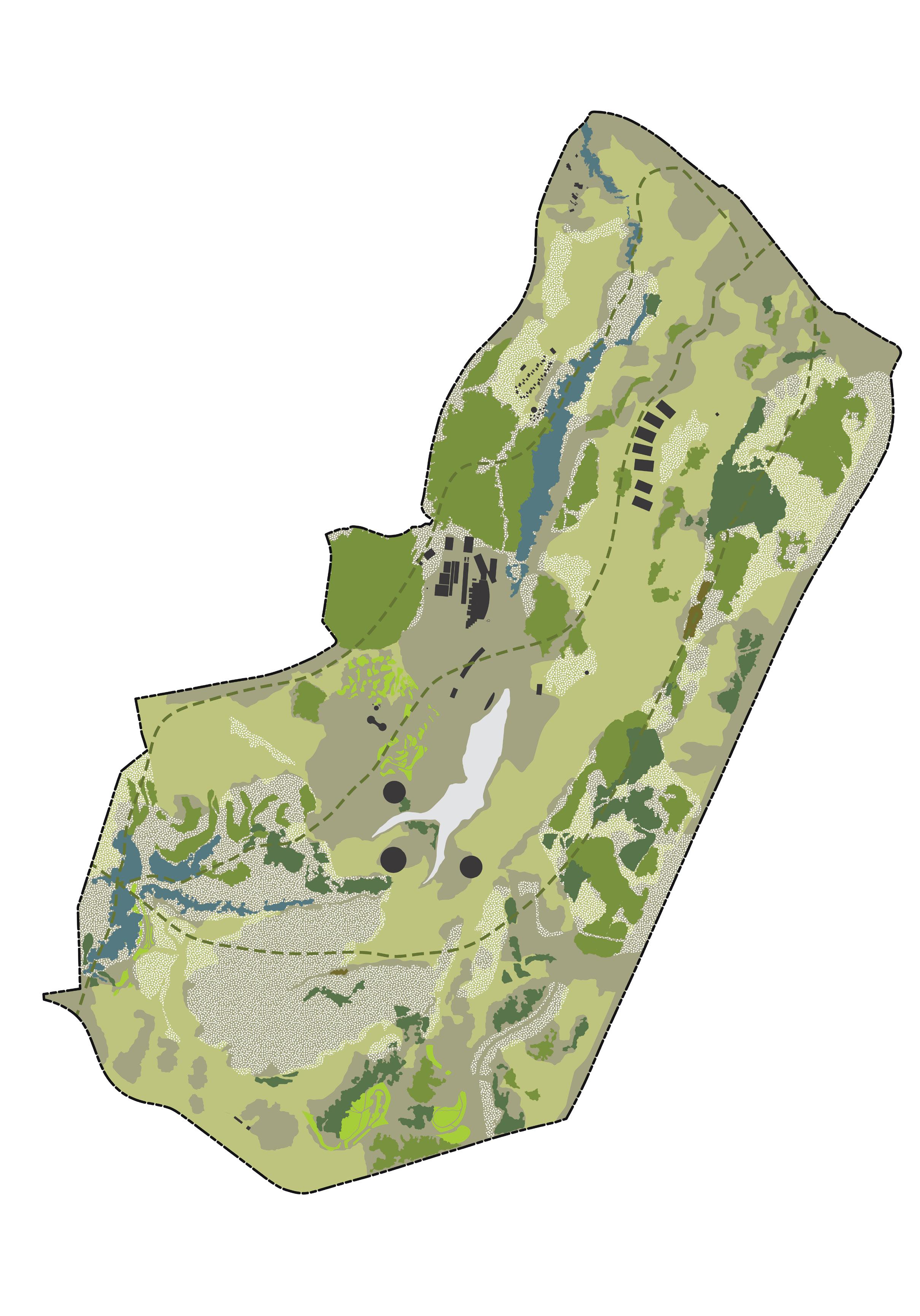
Key wildlife corridors will also be encouraged and protected, and the continual removal of invasive species will occur with the restoration of the pre-colonial vegetated landscape.
Existing Endangered Ecological Communities
Vegetation Communities
61 Australian Botanic Garden Mount Annan Master Plan Report 2022 60 Australian Botanic Garden Mount Annan Master Plan Report 2022
The Master Plan The Master Plan
Proposed
Wildlife Corridors 1 2 3 1 2 3 General Revegetation around new assets Removal of Invasive Olive Trees Wildlife Corridors across Site Extents
Cumberland Plains Woodland River-Flat Eucalyptus Forest Moist Shale Woodland Revegetated Cumberland Plains Woodland Australian Native Gardens Other Revegetated Areas Potential Biodiversity Conservation Areas (117.51ha)
Figure 36: Photo of the existing Cumberland Plains Woodland, The Australian Botanic Garden Mount Annan
6.4 HYDROLOGY
Lakes and Waterways are significant focal features of The Australian Botanic Garden Mount Annan. The Cumberland Plains and waterways have an important ecological link and expanding the network will play a role in restoring ecological health, and are a significant cultural marker of Country which must be respected and enhanced.

The Coolamon Lake, being the central lake proposed for the site, seeks to tie together to two existing lakes into one generous water body - putting Country at the core of the site.
The lake is also proposed to be functional - to allow for some water sports, floating performance space as well as perform an important living infrastructure role in filtering and storing stormwater in flood events.
The existing Sydney water canal is protected and retained in this proposal, with the proposed combined lake sitting to the west of the channel and separate to the canal.
The Coolamon Lake (combined lakes)
Sydney Water Canal (existing)
Existing Lake (retained throughout)
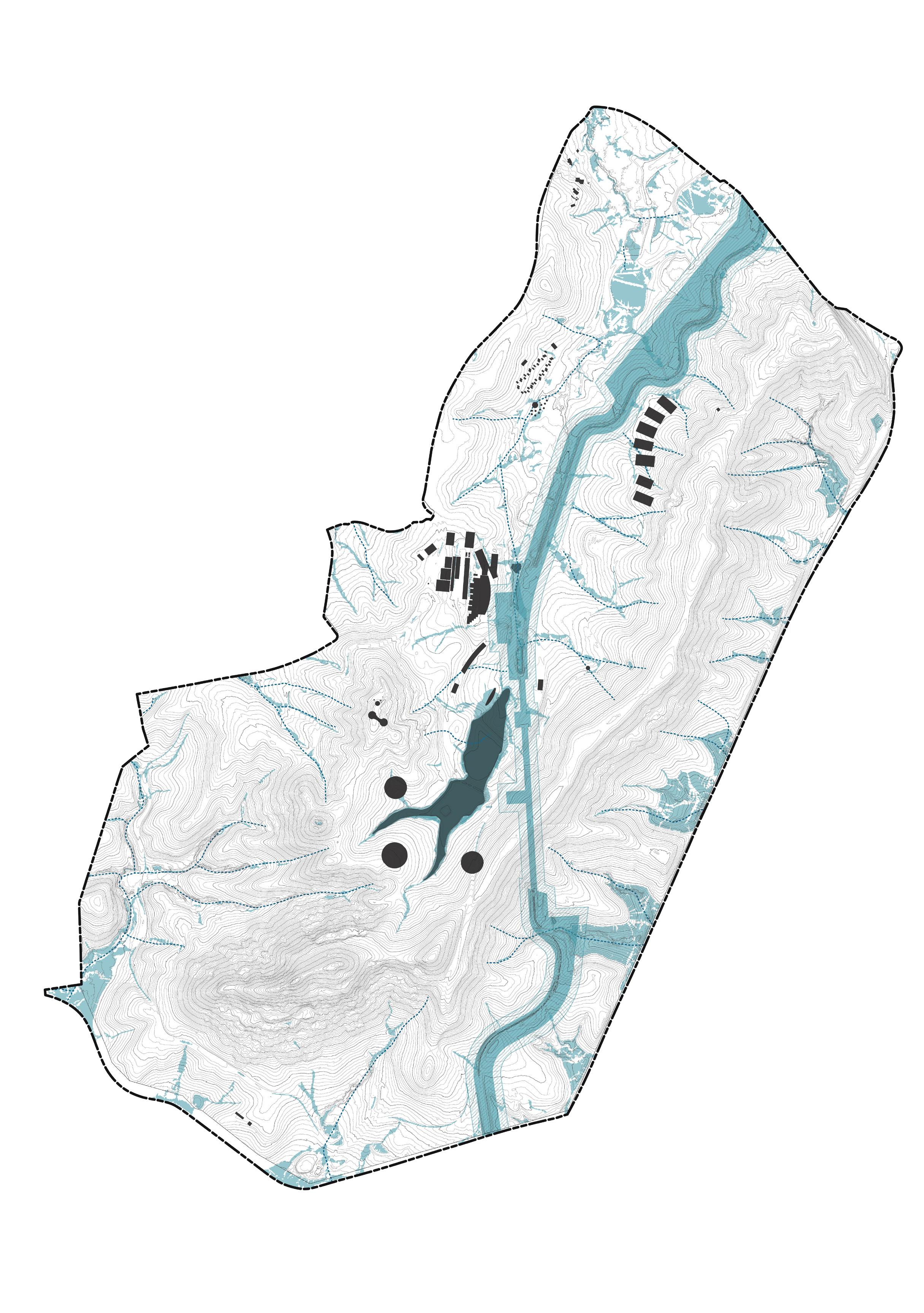
Water Body Flood Prone Area Watercourse

63 Australian Botanic Garden Mount Annan Master Plan Report 2022 62 Australian Botanic Garden Mount Annan Master Plan Report 2022
The Master Plan
The Master Plan
1 2 3 1 2 3
Existing Hydrology Proposed Hydrology
Figure 37: Photo of the existing lake, The Australian Botanic Garden Mount Annan
6.5 CIRCULATION & TRANSPORT
The existing circulation and transport network of the ABGMA is highly dependant on private vehicles - this proposal seeks to re-orient this.
Pedestrian connections to green space abutting the site will be established to allow greater permeability into the site, and the retention and enhancement of existing walking trails a shared path trails throughout the Gardens will occur.

Vehicle entry for visitors will be largely occur off Mount Annan Drive, with staff, Eco-Tourism users and visitors during large events will also access the site off Narellan Road. There is proposed to be two key parking zones (one with a new entrance to the South, and one at the core of the site).
E-Vehicles may be introduced to reduce the need of driving, providing an efficient, sustainable and fast way of getting around the ABGMA.
The existing mountain bike trails will be retained & enhanced.
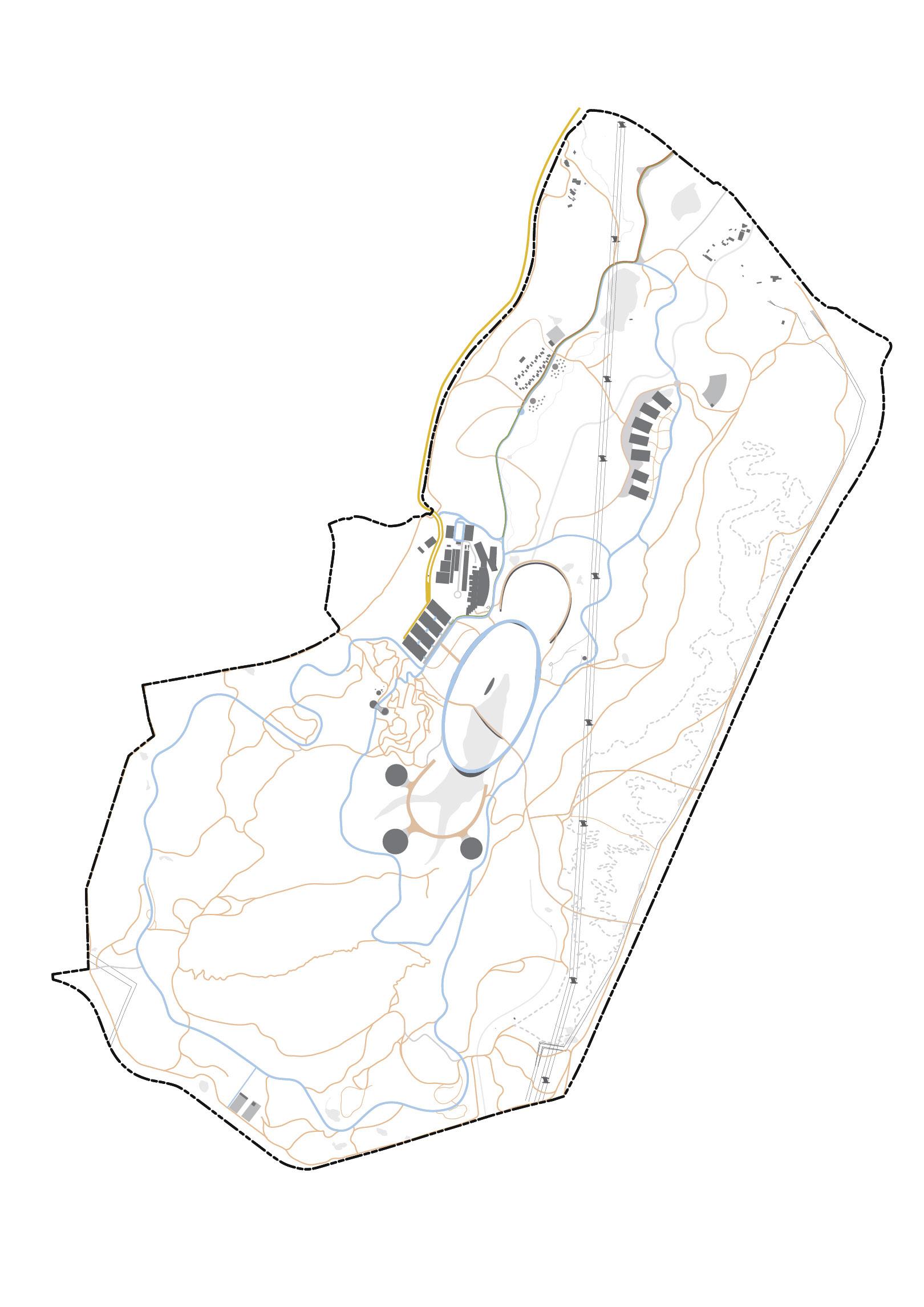
Existing Circulation
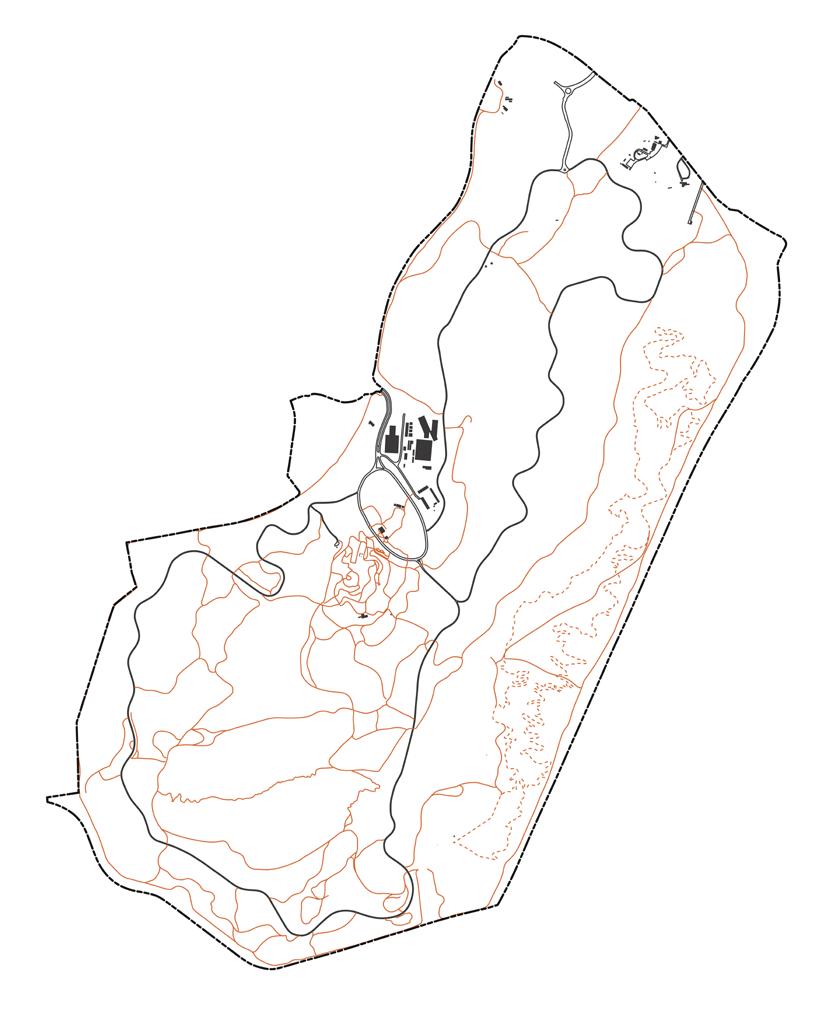
65 Australian Botanic Garden Mount Annan Master Plan Report 2022 64 Australian Botanic Garden Mount Annan Master Plan Report 2022
The Master Plan The Master Plan
P P P Proposed Circulation - Visitors P 92 spaces 900 spaces 1 2 3 1 2 3 The Coolamon Loop Exploration Loop (Shared Path) Narellan Road Access
157spaces
Vehicle Access Vehicle Access (Typical) Vehicle Access (Event Mode Only) Visitor Car Parking Pedestrian Path Shared Path MTB Tracks
Figure 38: Lizard Log, Western Sydney Parklands
Eco-Tourism

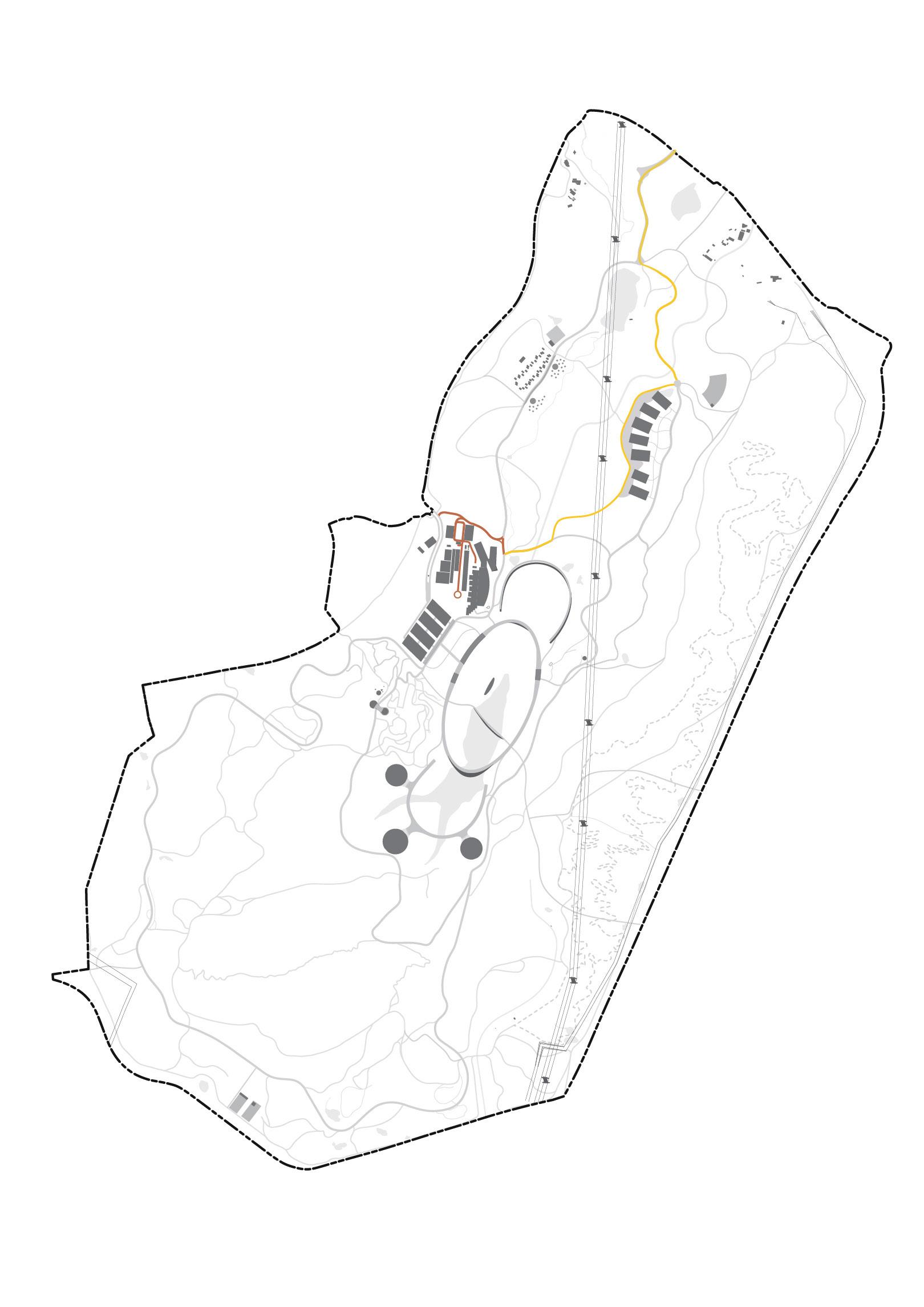


67 Australian Botanic Garden Mount Annan Master Plan Report 2022 66 Australian Botanic Garden Mount Annan Master Plan Report 2022
Circulation - Staff and Operations Route The Master Plan The Master Plan Proposed Circulation - E-Vehicle / Exploration Loop Route 1 3 2 1 3 2 1 2 3 Narellan Road Access Secure access to Science, Innovation and
Hub
Depot / Operations Access 1 2 3 Main E-Vehicle Stop / Shelter Access to Botanical Domes (back of house) Stop
Shelter
Southern Gateway
Inner Loop
Proposed
Horticulture
Operational
/
at
Note: lockable gates will be provided to delineate areas for staff only Operations / Operational Depot Route Eco-Industry Hub Route E-Vehicle
E-Vehicle Outer Loop
Primary Emergency Access Route
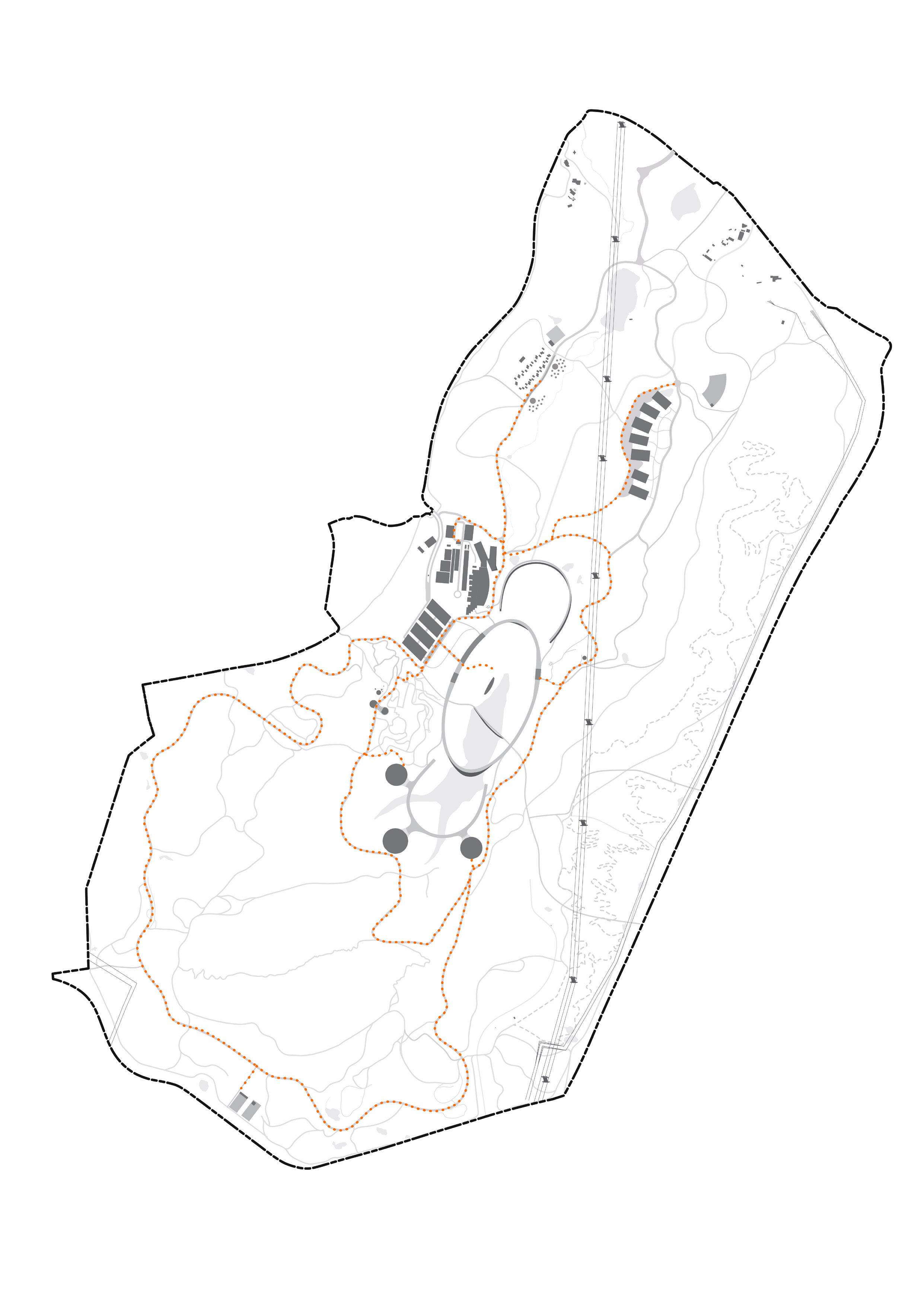
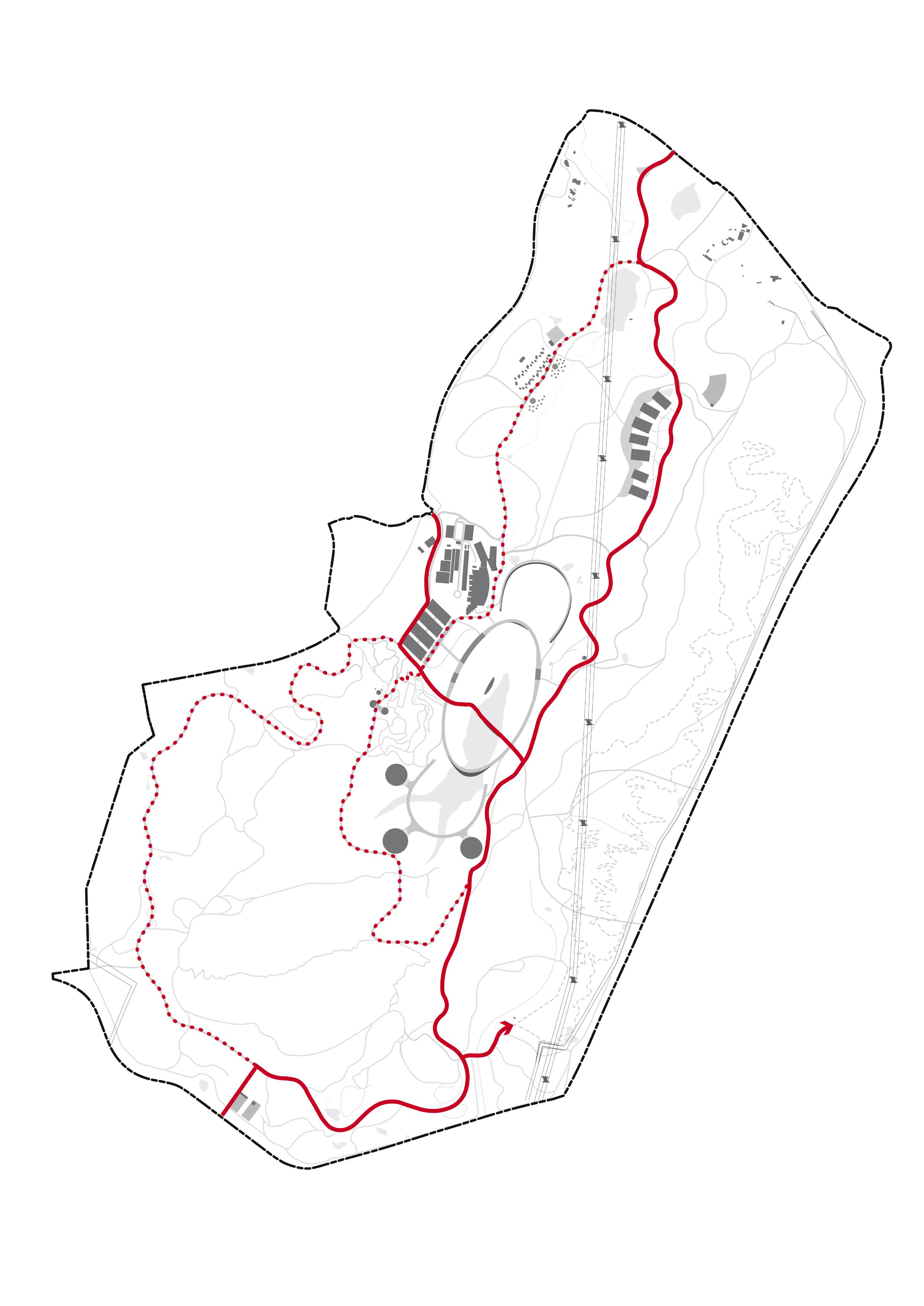
Secondary Emergency Access Route (as required for fire & ambulance response)



















Indicative Key Waste Collection Location Delivery & Waste Removal Servicing Route
Note: delivery and waste collected at the Operational Depot
Emergency Response Route Delivery & Waste Removal Servicing Route
69 Australian Botanic Garden Mount Annan Master Plan Report 2022 68 Australian Botanic Garden Mount Annan Master Plan Report 2022
The Master Plan The Master Plan
Refer to Architects document for further detail on the built form outcomes of the Master Plan

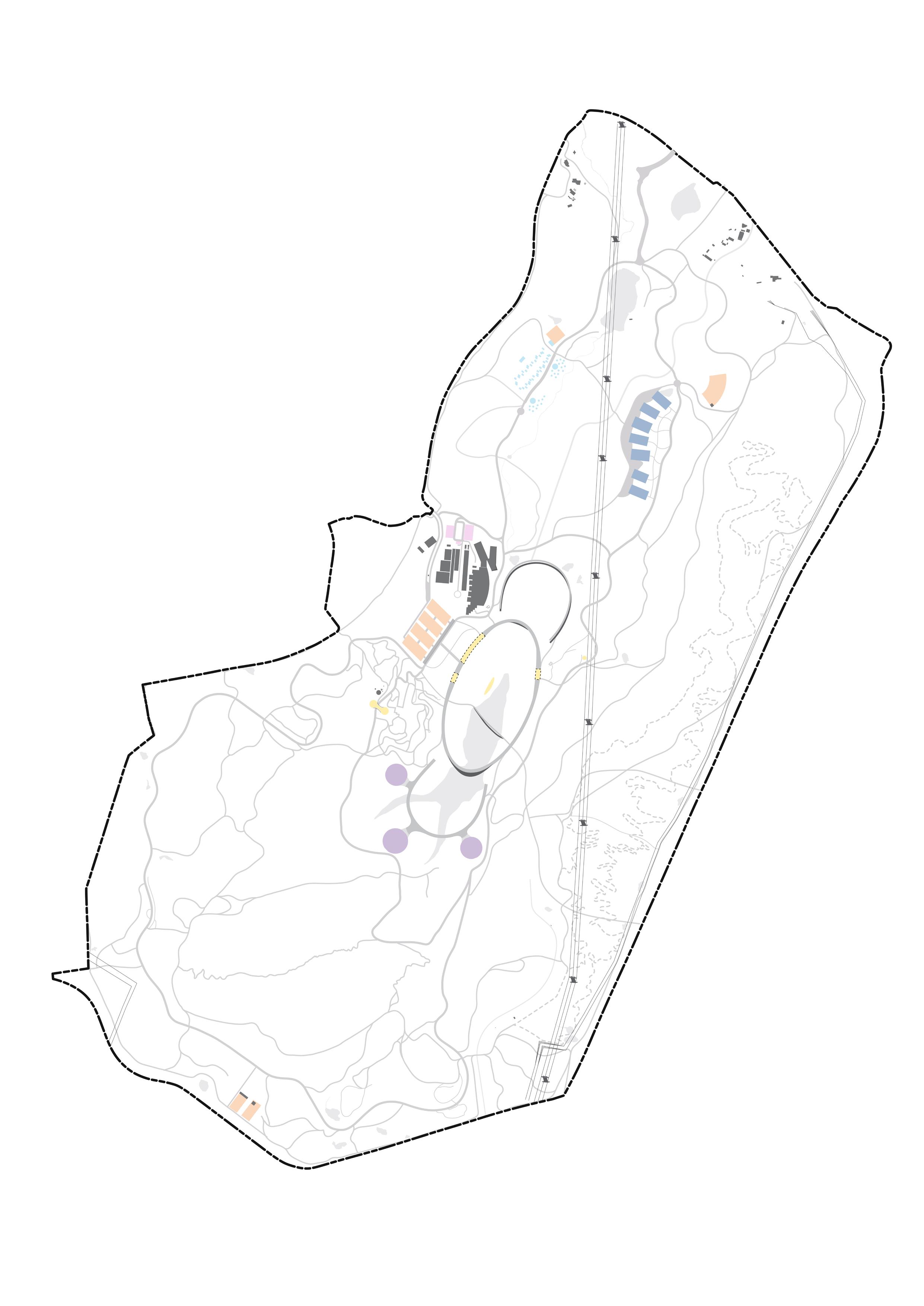
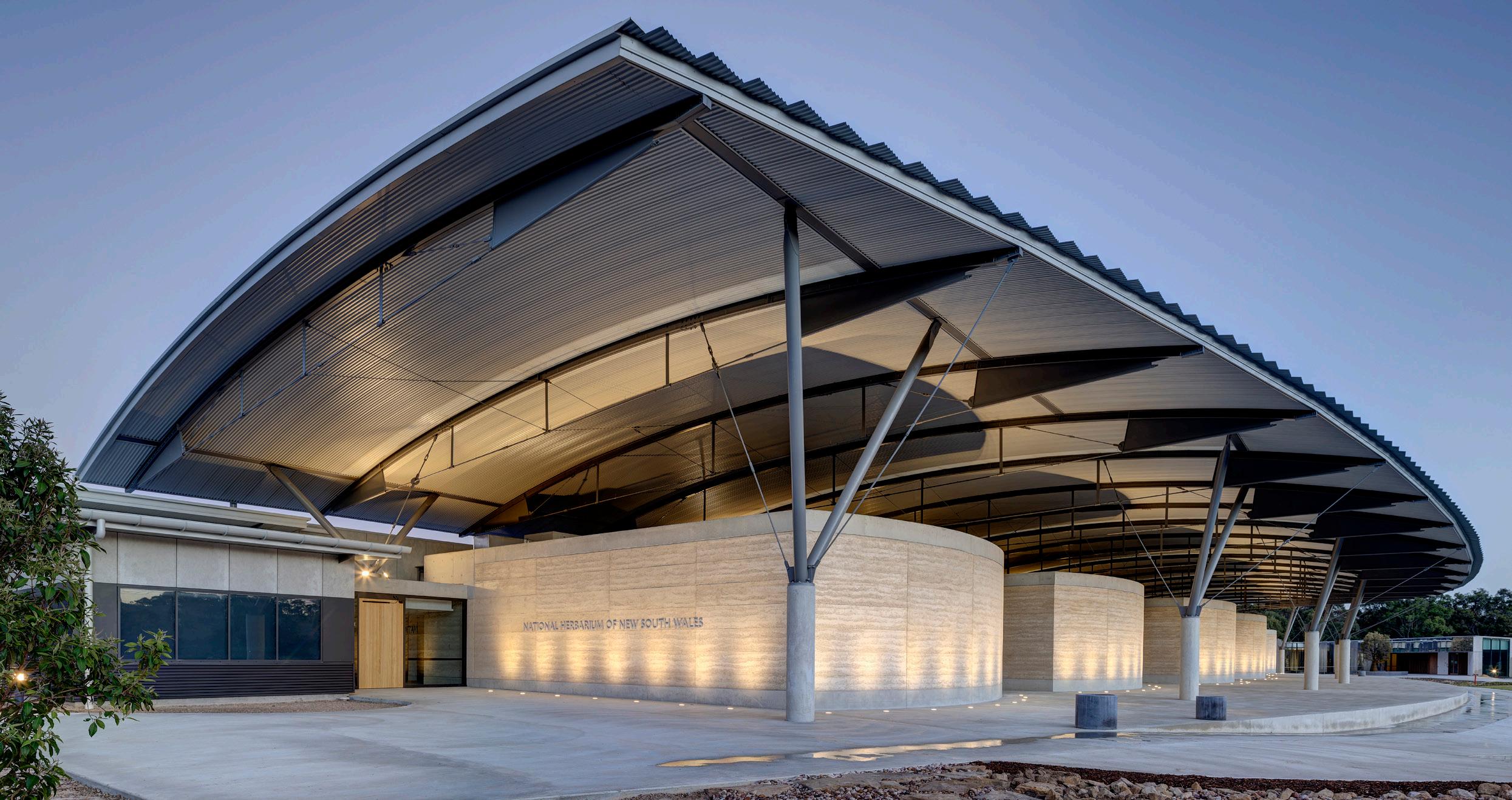
71 Australian Botanic Garden Mount Annan Master Plan Report 2022 70 Australian Botanic Garden Mount Annan Master Plan Report 2022 6.6 BUILT FORM / INFRASTRUCTURE The Master Plan Target GFA (m²) MAIN CENTRAL PARKING (P1) 27,000 SOUTH ENTRY PARKING (P2) 2,800 SOUTH VISITOR CENTRE (P2) 200 SOUTH KIOSK (P2) 50 OVERFLOW RESEARCH PARKING (P3) 4,800 TOTAL 34,850 VISITOR CENTRE 500 EVENTS CENTRE 2,000 FIRST NATIONS CULTURAL CENTRE 500 RESTAURANT 500 NATURE PLAY KIOSK 50 OPEN AIR CINEMA BANDSHELL 1,000 CAFÉ 100 TOTAL 4,650 ADMINISTRATION BUILDING 1,000 OPERATIONAL DEPOT 1,350 TOTAL 2,350 BOTANICAL DOME 1 3,000 BOTANICAL DOME 2 5,000 BOTANICAL DOME 3 2,000 TOTAL 10,000 TERTIARY EDUCATION CENTRE 600 BOTANICAL SCIENCE RESEARCH 2,800 BOTANICAL DOMES SCIENCE RESEARCH (NORTH-EAST) ABGMA CONCEPT MASTER PLAN ARCHITECTURAL DESIGN REVIEW AREA SCHEDULE (GFA ONLY) Revision E[6] 29.11.2022 BUILDING Master Plan Building Footprint Area (m²) PARKING CENTRAL ACTIVITY ADMIN / DEPOT Target GFA (m²) MAIN CENTRAL PARKING (P1) 27,000 SOUTH ENTRY PARKING (P2) 2,800 SOUTH VISITOR CENTRE (P2) 200 SOUTH KIOSK (P2) 50 OVERFLOW RESEARCH PARKING (P3) 4,800 TOTAL 34,850 VISITOR CENTRE 500 EVENTS CENTRE 2,000 FIRST NATIONS CULTURAL CENTRE 500 RESTAURANT 500 NATURE PLAY KIOSK 50 OPEN AIR CINEMA BANDSHELL 1,000 CAFÉ 100 TOTAL 4,650 ADMINISTRATION BUILDING 1,000 OPERATIONAL DEPOT 1,350 TOTAL 2,350 BOTANICAL DOME 1 3,000 BOTANICAL DOME 2 5,000 BOTANICAL DOME 3 2,000 TOTAL 10,000 TERTIARY EDUCATION CENTRE 600 BOTANICAL SCIENCE RESEARCH 2,800 LEARNING CENTRE 1,000 ECO-INDUSTRY HUB 20,000 TOTAL 24,400 ECO-RESORT ACCOMMODATION 1,800 ECO-RESORT ADMIN BUILDING 300 ECO-RESORT CARPARK 1,650 ECO-RESORT RESTAURANT 200 GLAMPING (TENT FOOTPRINTS ONLY) 600 TOTAL 4,550 80,800 BOTANICAL DOMES BOTANIC SCIENCE RESEARCH (NORTH-EAST) ECO-RESORT (NORTH-WEST) TOTAL (m²) Assumptions: 1. The purposes of the following study is to form initial discussion around project programme mix and yield. Areas should been seen as indicative only. Further program development will be required to get accurate area measurements for all GBA, GFA, and NLA. 2. Nominal clearance have been made for usable space and low height areas in buildings with sloping roof forms. 3. All areas are based off target GFA as outlined in market analysis by HillPDA Consulting, and supported by input from RBGDT APP. 4. Carparking area requirements are calculated at an estimate of 30m2 per vehicle ABGMA CONCEPT MASTER PLAN ARCHITECTURAL DESIGN REVIEW AREA SCHEDULE (GFA ONLY) Revision E[6] 29.11.2022 BUILDING Master Plan Building Footprint Area (m²) PARKING CENTRAL ACTIVITY ADMIN DEPOT Figure 39: Existing National Herbarium of NSW Building, ABGMA Target GFA (m²) MAIN CENTRAL PARKING (P1) 27,000 SOUTH ENTRY PARKING (P2) 2,800 SOUTH VISITOR CENTRE (P2) 200 SOUTH KIOSK (P2) 50 OVERFLOW / RESEARCH PARKING (P3) 4,800 TOTAL 34,850 VISITOR CENTRE 500 EVENTS CENTRE 2,000 FIRST NATIONS CULTURAL CENTRE 500 RESTAURANT 500 NATURE PLAY KIOSK 50 OPEN AIR CINEMA BANDSHELL 1,000 CAFÉ 100 TOTAL 4,650 ADMINISTRATION BUILDING 1,000 OPERATIONAL DEPOT 1,350 TOTAL 2,350 BOTANICAL DOME 1 3,000 BOTANICAL DOME 2 5,000 BOTANICAL DOME 3 2,000 TOTAL 10,000 TERTIARY EDUCATION CENTRE 600 BOTANICAL SCIENCE RESEARCH 2,800 BOTANICAL DOMES SCIENCE RESEARCH (NORTH-EAST) ABGMA CONCEPT MASTER PLAN ARCHITECTURAL DESIGN REVIEW AREA SCHEDULE (GFA ONLY) Revision E[6] - 29.11.2022 BUILDING Master Plan Building Footprint Area (m²) PARKING CENTRAL ACTIVITY ADMIN / DEPOT The Master Plan Proposed Built Form / Infrastructure
6.7 USER EXPERIENCE
Figure
Australian Botanic Garden Mount Annan will become a popular destination attracting various visitor groups. The Master Plan framework will cater the diverse needs of different user groups who will be visiting, staying and working in the park. The proposed programs and circulation networks are carefully integrated in the Master Plan to provide a safe, comfortable and efficient journey for various user groups on a day-to-day base and during the festival and events time.

The categories of key user groups are identifies as:
1. Visitors
– Typical Visitors – School Tours
– Young Families
– Campers / Overnighters
– Differently Abled / Seniors
– Mountain Bikers
2. Staff
– Research Staff / Admin – Maintenance / Ranger
The following diagrams identifies the journeys of these user groups in the detail of their movements, transport mode, potential stopping points and the time spend on the journey.



73 Australian Botanic Garden Mount Annan Master Plan Report 2022 72 Australian Botanic Garden Mount Annan Master Plan Report 2022
40: Precedent - Sydney Park
School Tours Australian Display Garden Botanical Domes Lunch Break / Picnic First Nations Garden, Australian Native Plants Farm & First Nations Cultural Centre 3min 30min 1min 10min 5min 13min PlantBank & National Herbarium of NSW Eco-Industry
School Shuttle Bus Pickup / Dropoff School Shuttle Bus Route Walking Tours (outer loop) Learning Tours
Cunningham Dr open for private vehicle access during events P
1min
PlantBank & National Herbarium of NSW
Events Centre
35min (Shuttle inner loop to get people in and out)
Private Vehicle Route Shuttle Bus Route
P P






Shuttle drop-off / Pick-up Car parking
Events / Festival
First Nations Garden, Australian Native Plants Farm & First Nations Cultural Centre
Conservation Nursery
4min
Eco-Tourism
6min 3min
Australian Display Garden
Operational Depot
Use the internal road network to access the rest of the site for maintenance
Botanical Domes
Lunch Break / Picnic
Use the internal road network to access the rest of the site for maintenance
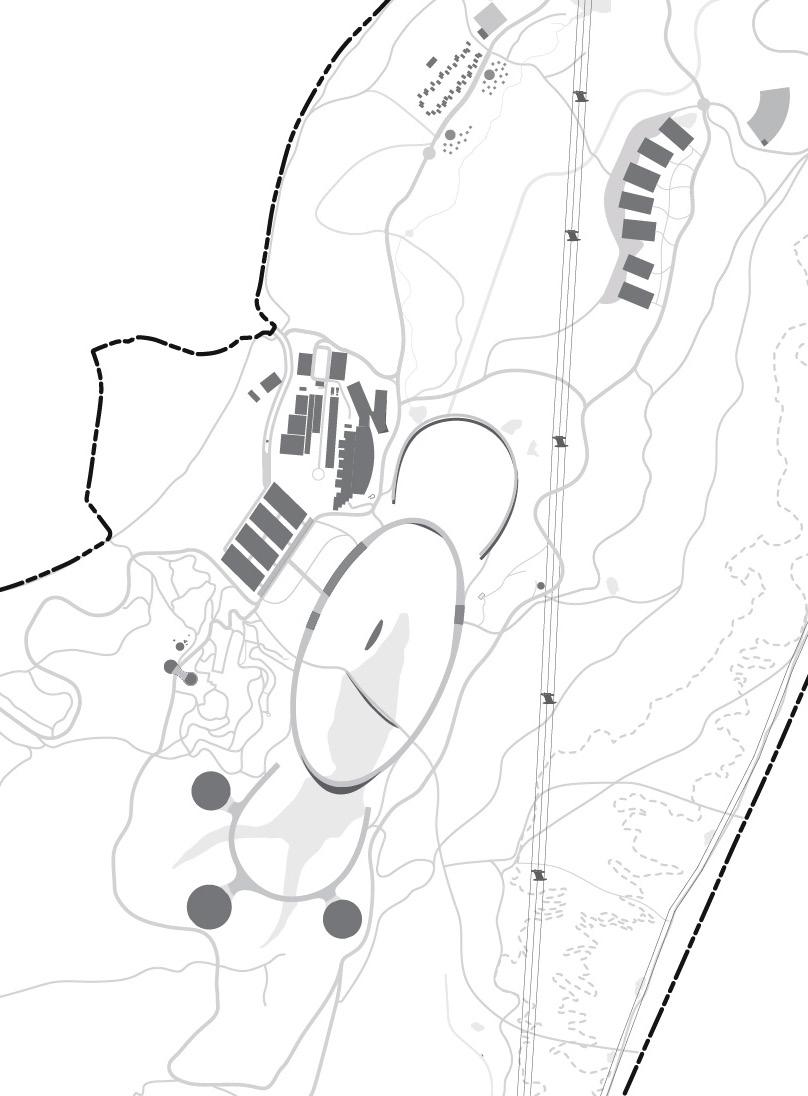
Main Maintenance Stopping Point Maintenance Vehicle Route

75 Australian Botanic Garden Mount Annan Master Plan Report 2022 74 Australian Botanic Garden Mount Annan Master Plan Report 2022
Maintenance / Ranger
Eco-Industry











77 Australian Botanic Garden Mount Annan Master Plan Report 2022 76 Australian Botanic Garden Mount Annan Master Plan Report 2022
Australian Display Garden Botanical Domes Visitor Centre & Events Centre Restaurant 10min 1min 2min 7min 3min 10min PlantBank & National Herbarium of NSW Conservation Nursery
Research Staff / Admin
Administration & Restaurant P P P First Nations Garden, Australian Native Plants Farm & First
Access
15min
Private Vehicle Route Walking Route Work Place Car parking
Stay Night Access
Eco-Tourism -
Nations Cultural Centre Overnight
Coolamon Lake & Coolamon Loop 15min
Eco-Tourism
Overnight
DETAILED AREAS

79 Australian Botanic Garden Mount Annan Master Plan Report 2022 78 Australian Botanic Garden Mount Annan Master Plan Report 2022
7.0 Figure 41: Photo of the Banksia Garden, ABGMA
7.1 THE COOLAMON
The Coolamon is symbolic of a traditional first nations vessel and holds the cooling lake waters of the central visitor precinct.
The precinct proposes a series of cascading central lakes that are united inside a loop walk shaped in the form of a First Nations water Coolamon, a drinking vessel.
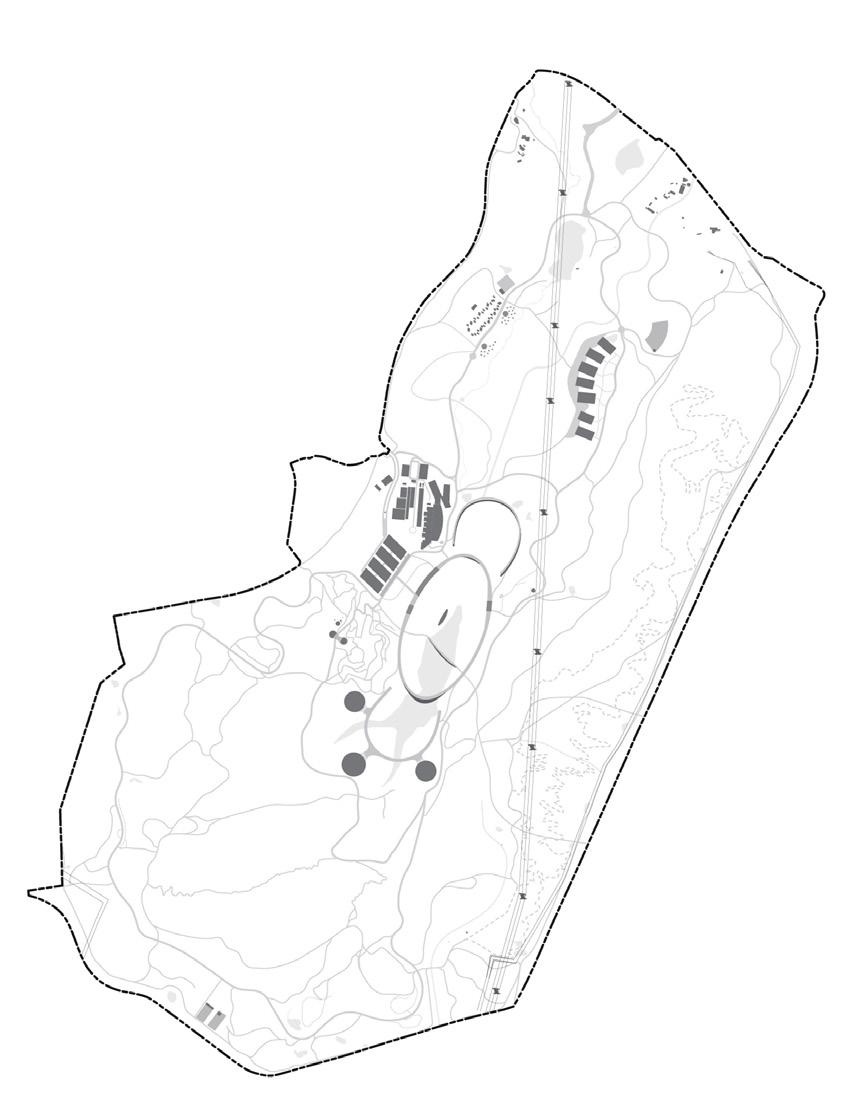
Two ‘C’ shaped boardwalks flank the Coolamon representing people seated and yarning alongside the Coolamon. The most northern one is nestled amongst tree canopies and adjoined by a Nature Play Spaceexperiencing the landscape from both a high perspective and up close with nature.
The southern one is activated by a Botanical Dome - with ability to expand in the number on these on the site.
The existing Australian Display Garden is retained, and enhanced, by a complimentary First Nations Garden and Australian Native Plants Farm. These are in close proximity to a new cafe, restaurant, visitor centre and events centre which can be utilised by the community and provide amenity for large events to spill out of the lawn leading down to the serene Coolamon Lake at the centre.

1 3 5 7 2 4 6 8 9
Car Parking Events
Visitor
Restaurant Coolamon
with
Treetop
Administration Building
Coolamon Loop 10 11 12 13 14 Key Plan The Coolamon 80 Australian Botanic Garden Mount Annan Master Plan Report 2022
Events Lawn / Terrace / Open Air Cinema Existing Australian Display Garden Nature Play Space and Kiosk Australian Native Plants Farm & First Nations Cultural Centre First Nations Garden Botanical Dome
Centre
Centre / Cafe
Lake
Causeway
Walk PlantBank & National Herbarium of NSW /
/ Operational Depot
Detailed Areas
1 2 3 4 5 6 6 7 8 9 10 6 7 11 12 13 14 0 100 200m The Coolamon Detail Plan
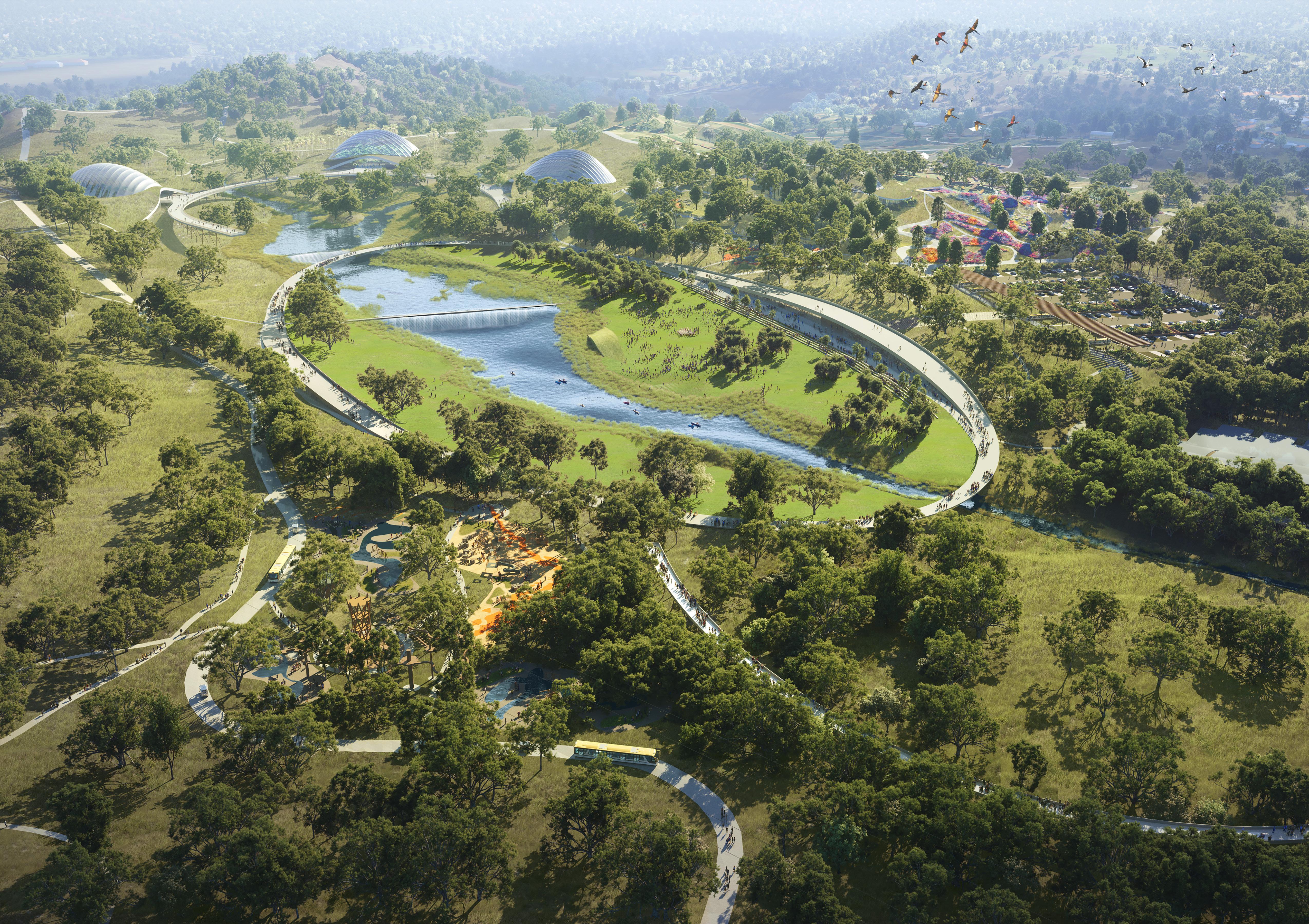
The Coolamon precinct is a revival and celebration of the Australian landscape. It is the visitor core of the site, with many of the key site offerings location here or in close proximity.
For most visitors, they will enter the site of Mount Annan Drive and Park their car in the P1 parking lot - accommodating for roughly 900 parking spaces across two levels (one level discretely submerged underground).

A direct connection down to the Coolamon is then provided - allow a journey down to the Visitor Centre to gather information about the Garden for people to comfortably venture out and about with clarity and purpose.





For those venturing around The Coolamon, there is a 1.5km central loop that encompasses the central lake. Off this loop is a series of offerings for everyone - including

Botanical Dome/s that showcase Australian landscapes, the existing Australian Display Garden, a new proposed Australian Native Plants Farm, Garden and First Nations Cultural Centre, a grand events lawn with discrete Open Air Cinema which terraces down and allows one to take in the majestic views to the east, and lastly a Nature Play Space to the west with an associated cafe adjoined by a high end restaurant offering for those after a more bespoke and unique food experience.
These new offerings will provide moments for lively display and activity, whilst also allowing for discrete moments of reflection and quietness, whilst maintaining the overall ambition and purpose of the Garden as what it is - a truly unique and incredible Botanical Garden.



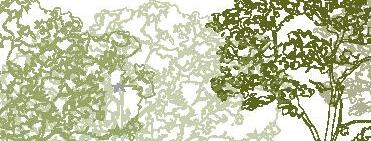
Cumberland Plains Woodland










































































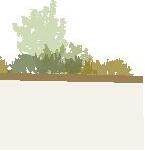


















































































Treetop Walk





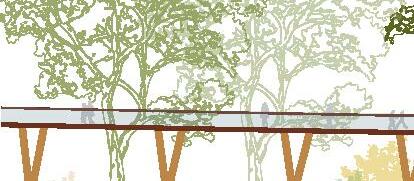




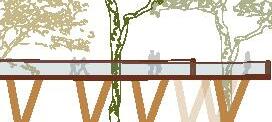

Structure / Layout Plan
85 Australian Botanic Garden Mount Annan Master Plan Report 2022 84 Australian Botanic Garden Mount Annan Master Plan Report 2022 Detailed Areas Detailed Areas
Section AA
EXISTING AUSTRALIAN DISPLAY GARDEN AUSTRALIAN NATIVE PLANTS FARM & FIRST NATIONS CULTURAL CENTRE FIRST NATIONS GARDEN NATURE PLAY TREETOP WALK BOTANICAL DOME CAR PARK / E-VEHICLE STOP EVENTS LAWN & OPEN AIR CINEMA PLANTBANK, NATIONAL HERBARIUM OF NSW & OPERATIONAL DEPOT LOOKOUT LOOKOUT LOOKOUT LOOKOUT B B A A BOTANICAL DOME BOTANICAL DOME Cumberland Plains Woodland E-vehicle stop Car park
BB The Coolamon Loop Visitor Centre & Cafe River Flat Eucalyptus Forest Open Air Cinema Coolamon Lake Events Lawn
Section

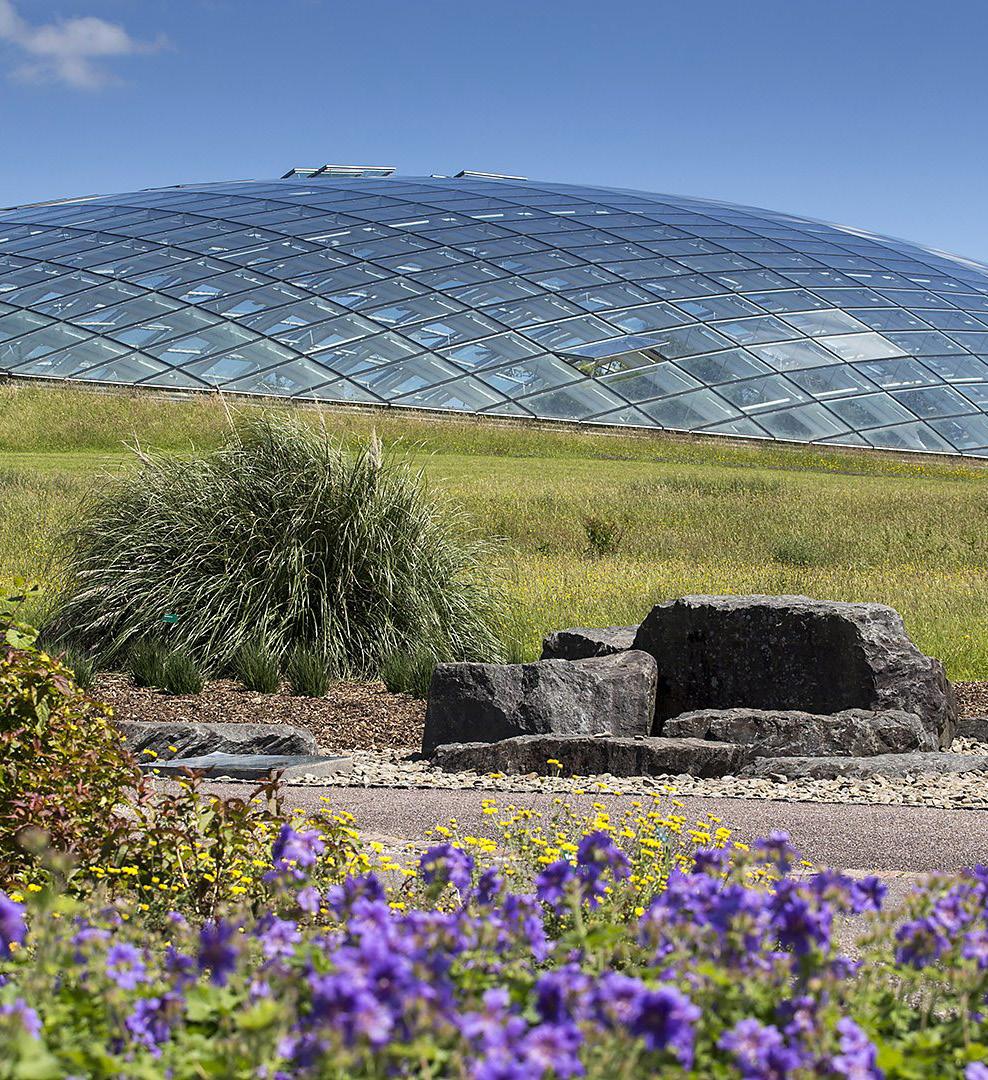
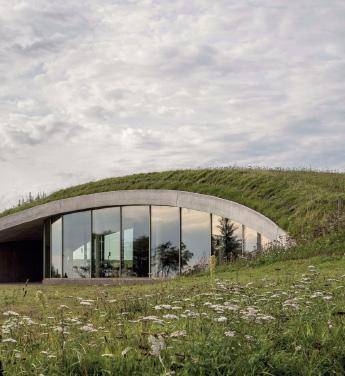
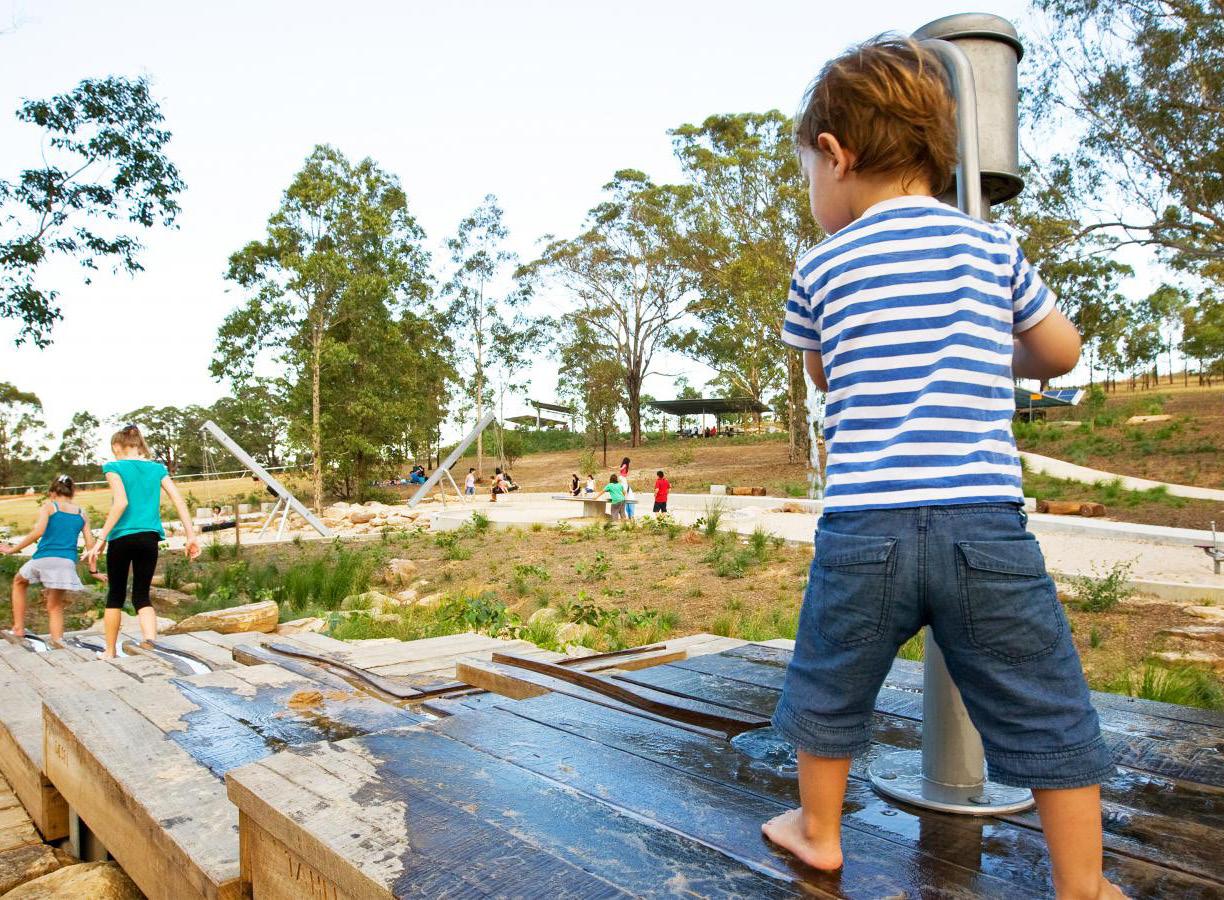
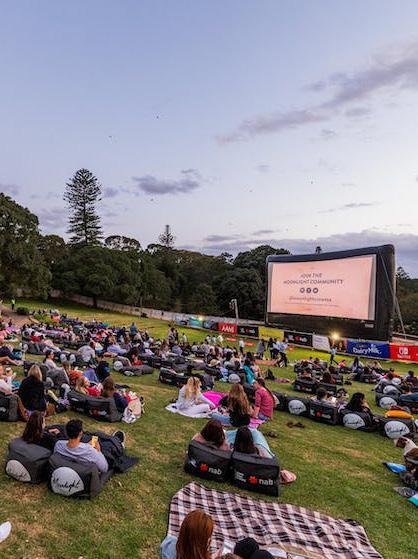
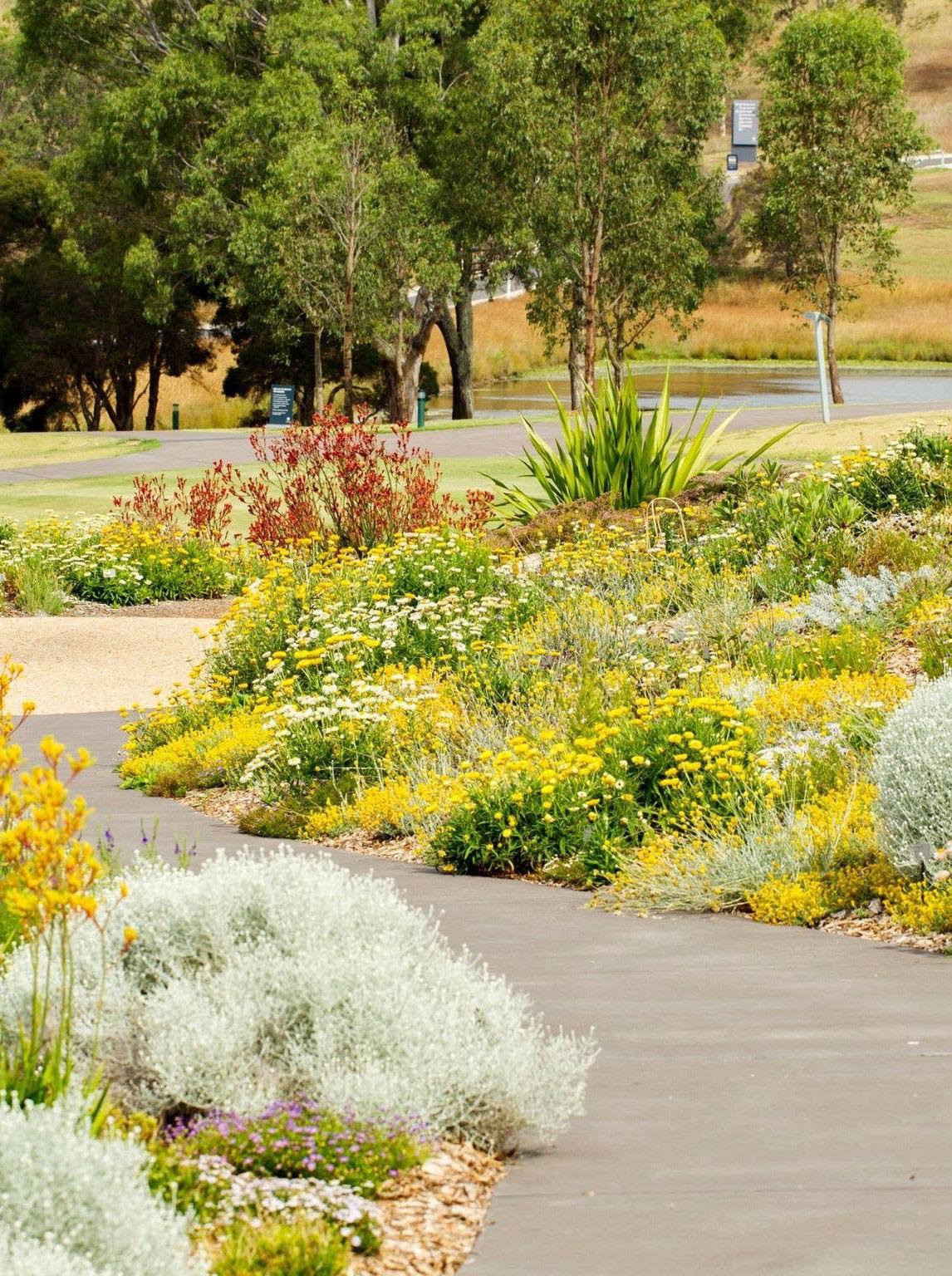 Figure 43: Photo of the existing lake, The Australian Botanic Garden Mount Annan
Figure 44: Precedent - Skamlingsbanken Visitor Center in Kolding, Denmark
Figure 45: Precedent - The National Botanic Garden of Wales, UK
Figure 46: Photo of the Existing Gardens, the Australian Botanic Garden Mount Annan
Figure 48: Precedent - Nature Play, Lizard Log, Western Sydney Parklands
Figure 47: Precedent - Festival in The Domain, Sydney
Figure 43: Photo of the existing lake, The Australian Botanic Garden Mount Annan
Figure 44: Precedent - Skamlingsbanken Visitor Center in Kolding, Denmark
Figure 45: Precedent - The National Botanic Garden of Wales, UK
Figure 46: Photo of the Existing Gardens, the Australian Botanic Garden Mount Annan
Figure 48: Precedent - Nature Play, Lizard Log, Western Sydney Parklands
Figure 47: Precedent - Festival in The Domain, Sydney
7.2 FIRST NATIONS GARDEN, AUSTRALIAN NATIVE PLANTS FARM & FIRST NATIONS
CULTURAL CENTRE
Putting Country at the fore - a place where First Nations Peoples can practice on Country, Celebrate Country, and share knowledge and resources amongst themselves and the wider community.
A place to practice on Country - the inclusion of a First Nations Garden will celebrate and showcases native planting - with particular reference to the 6 First Nation Seasons to be celebrated and taught to the community.
A working Australian Native Plants Farm for produce and cultural resource planting / education, and an associated First Nations First Nations Cultural Centre to share knowledge and provide amenity to the wider community will also exist in this precinct. These amenities will provide a unique point

of difference for the Garden which is centred on place and not found anywhere else.
This area will also allow for First Nations Land Management - whether that be through cultural burns, yarning circles, ecological restoration and interactions with water.

This precinct provides the opportunity for intimate visitor dialogue with First Nations people that connect stories of Country through visual, auditory and tactile learnings.
First Nations Garden, Australian Native Plants Farm, and First Nations Cultural Centre
88 Australian Botanic Garden Mount Annan Master Plan Report 2022
1 3 5 2 4 7 6 Australian Native Plants Farm First Nations Cultural Centre Australian Display Garden (existing) First Nations Garden Botanical Dome Cumberland Plain Woodland Car Parking Events Lawn / Terrace / Sound Bowl Coolamon Loop Raised Walk to the Botanical Dome/s Events Centre Visitor Centre / Cafe 8 9 10
Key Plan 11 12
1 3 4 5 5 6 8 2 7 9 10 6 0 100 10 50 200m 1 1 5 7 11 12
First Nations Garden, Australian Native Plants Farm & First Nations Cultural Centre
Detail Plan
Structure / Layout Plan
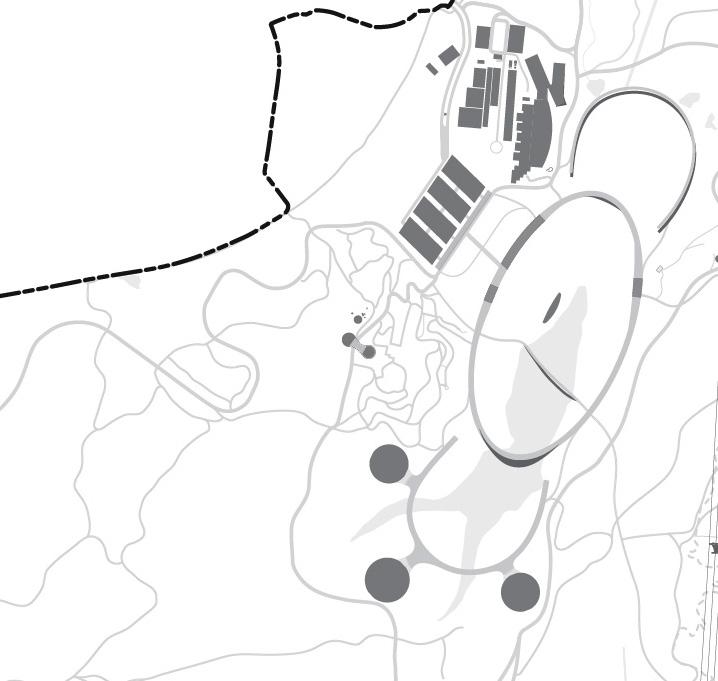
This precinct builds on the existing Australian Display Garden which will be retained - expanding further to the west with a First Nations Perspective.
An Australian Native Plants Farm can organically grow over time to allow community members to practice, and teach, on Country. This will be adjoined with a more public






















facing Australian Native Plants Farm which showcases native planting and their uses - in particular reference to the 6 First Nation Seasons as listed below.
Philothecamyoporoides
Brachychiton x vinicolor Banksia serrata Petrophile pulchella Juncus usitatus Dichelachne crinita Pseuderanthemum variabile Carpobrotus glaucescens Chrysocephalum apiculatumActinotusAjugaaustralis helianthiSmilaxDianellacaeruleaCallistemonglyciphylla linearisCallistemonViminariajuncea citrinusTristaniopsisBanksiaserrata laurinaZieriasmithii


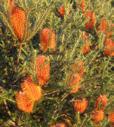

Bursaria spinosa subsp.


Opportunities for sharing knowledge, land management and preparation, planting and revegetation, harvesting produce and sharing produce will occur in this area. Pycnosorus globosus Themeda triandra

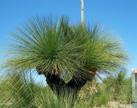
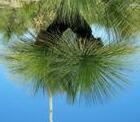






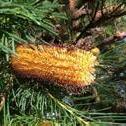





Parra’dowee
Burrann
Angophora floribunda Banksia integrifolia Acacia longifolia Hakea sericea BursariaspinosaWestringialongifolia Bauera rubioides Darwinia fascicularis Grevillea buxifolia Goodenia ovata Eucalyptus haemastoma Corymbia gummifera Banksia ericifolia CorreareflexaBillardierascandens
XanthorrhoeaspMicrolaenastipoidesViolahederaceaPseuderanthemumvariabilePratia(Lobelia)purpurascens



















CallistemonHakeadactyloides linearisPandoreaAcaciamyrtifolia Kennediapandorana prostrata Eustrephus latifolius Themeda triandra Zieria smithii Eustrephus latifolius Lomandra longifolia Ficinia nodosa Grevillea sericea subsp. Indigoferaaustralis Hakeasericea Hakeadactyloides Pultenaeastipularis Prostantheraincisa Telopeaspeciosissima

N g o o n u n g i
Banksiaspinulosa
GrevilleaspeciosaBanksiaserrata AcaciapubescensGrevilleaspeciosa HardenbergiaviolaceaLomandralongifolia Grevillea buxifolia







nibirijtiriW
Pultenaea daphnoides Banksiaintegrifolia Persoonia pinifolia Pisonia umbellifera Acacia fimbriata Lomandra longifolia Baeckea linifolia Grevillea speciosa Hakea sericea Leptospermum squarrosum Banksia robur Banksia integrifolia


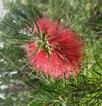
Senna artemisioides ssp







CroweaBanksiaintegrifolia





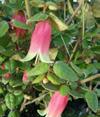



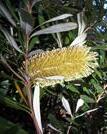












Banksiaericifolia CorreareflexaBillardierascandens Xanthorrhoeasp Microlaenastipoides Pratia(Lobelia)purpurascens Pseuderanthemum variabile Viola hederacea Acacia terminalis Citrus australasica Calotis lappulace Epacris reclinata Eucalyptus erythrocorys Ficus superba var. Neolitsea dealbataRhagodiaPersooniapinifolia spinescensXerochrysumXanthorrhoeaScaevolaalbidajohnsonii bracteatum


saligna BanksiaBanksiaoblongifoliaXanthorrhoeaspinulosa spArchontophoenixAcaciaterminalis
Banksia aemula PersooniaBanksiaspinulosaxericifolia pinifolia Grevillea speciosa Baeckea linifolia Acacia terminalis Acacia fimbriata Banksia integrifolia Eucalyptus sideroxylon Grevillea lanigera Grevillea spp. Lambertia formosa
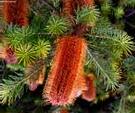
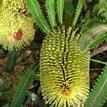

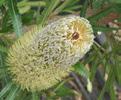
nigurruB
cunninghamiana
EXISTING AUSTRALIAN DISPLAY GARDEN AUSTRALIAN NATIVE PLANTS FARM & FIRST NATIONS CULTURAL CENTRE BOTANICAL DOME BOTANICAL DOME BOTANICAL DOME FIRST NATIONS GARDEN CAR PARK / E-VEHICLE STOP First Nations Opportunities First Nations Six Seasons 91 Australian Botanic Garden Mount Annan Master Plan Report 2022 90 Australian Botanic Garden Mount Annan Master Plan Report 2022 Detailed Areas Detailed Areas
luJ
S e p Oct
Dec
guA
Nov
M a
r a i g’ a n g
r
Jan Feb M ar pA r yaM nuJ Caring for Soil Shared Knowledge & Feedback Learning Seasonal Indicators Prepare Ground Planting Seed Seasonal Indicators Bush Harvest Storing Produce CULTURAL NOURISHMENT

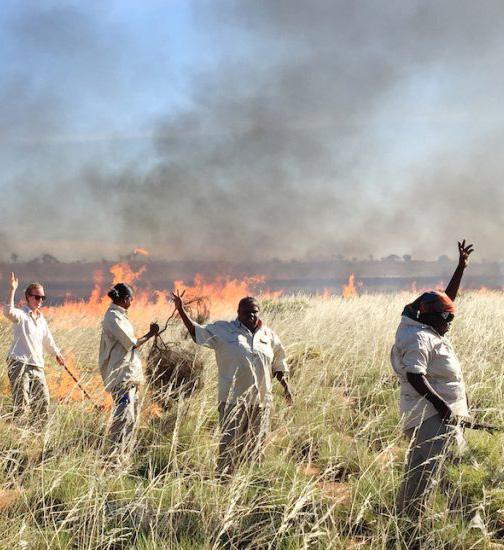
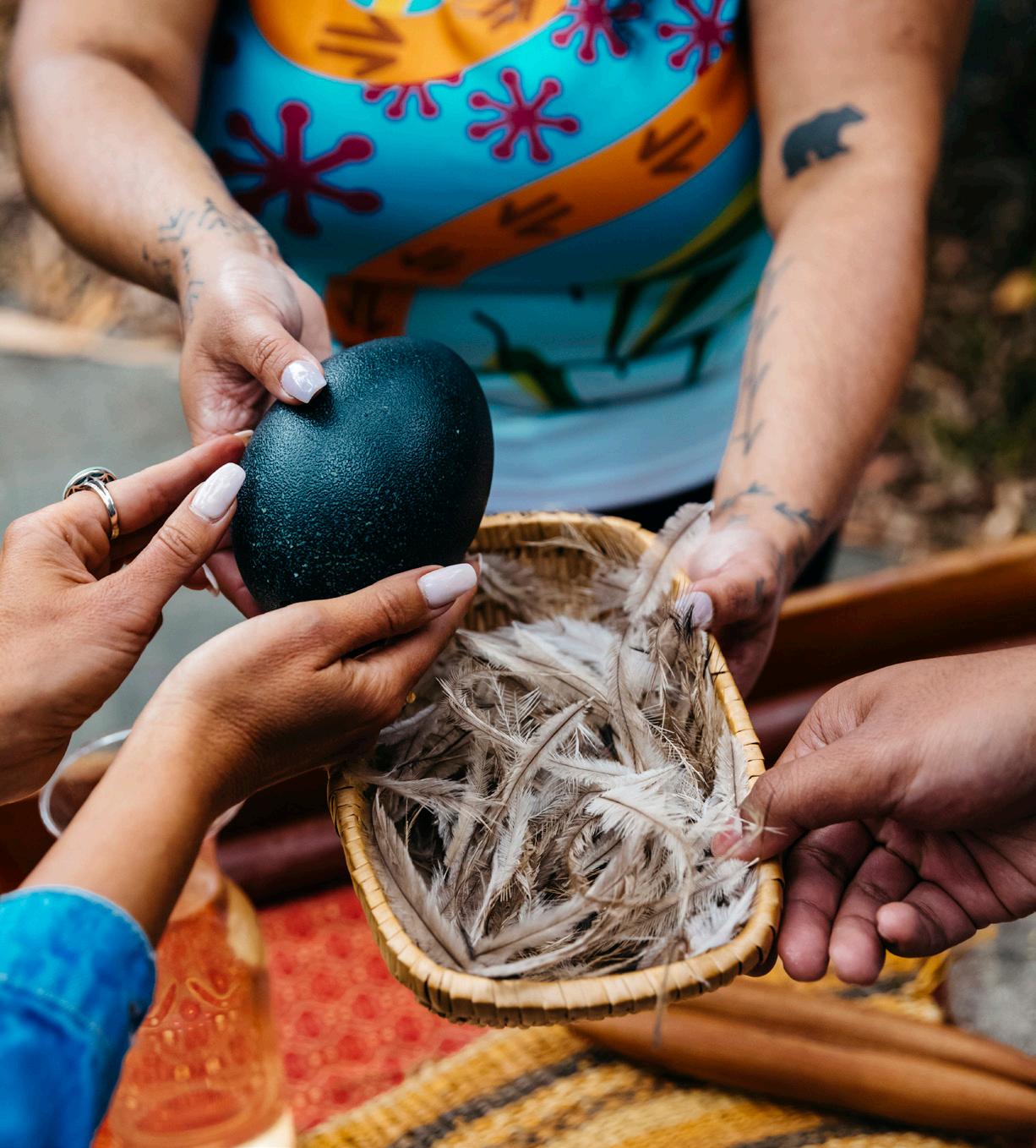
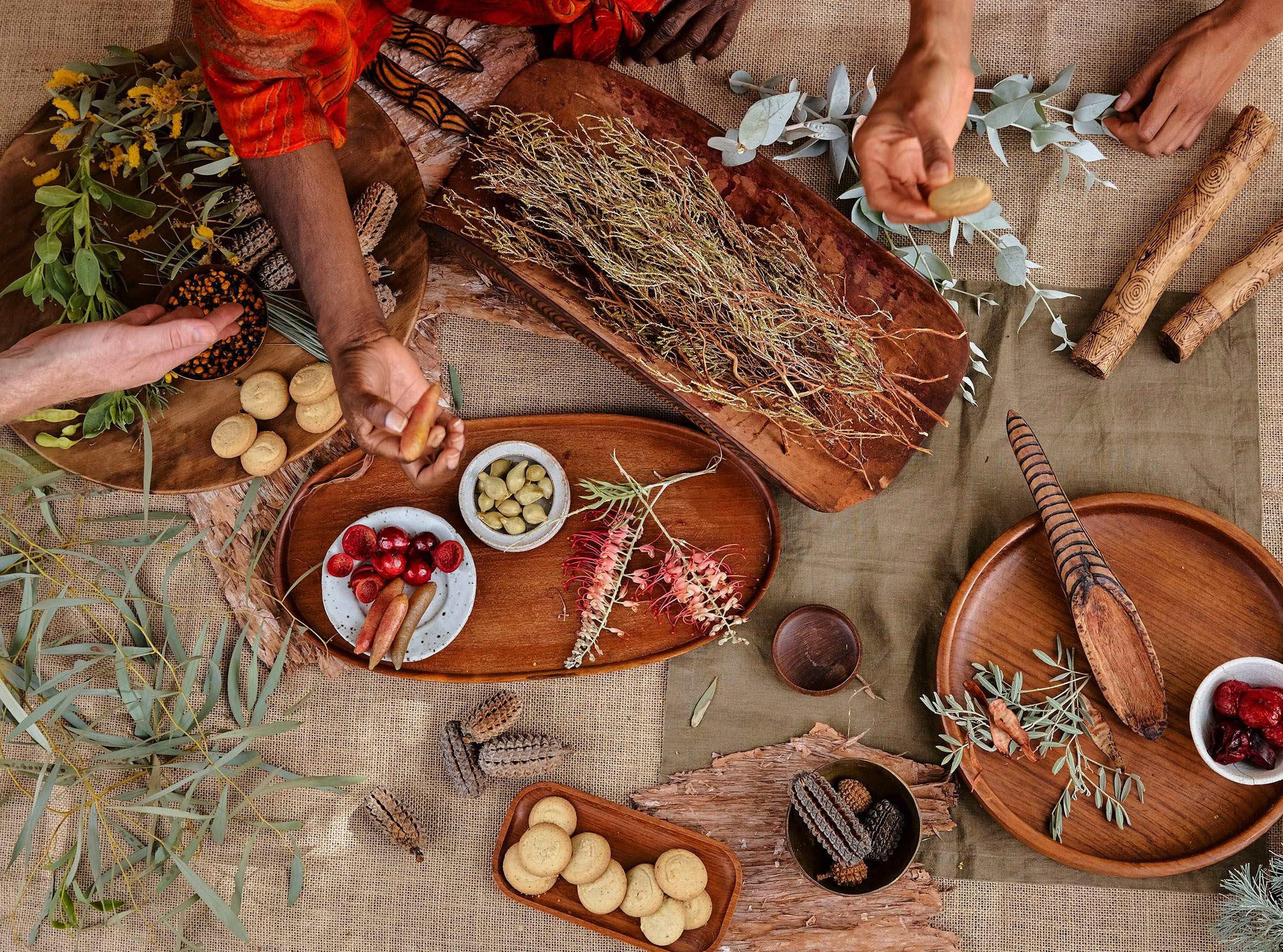

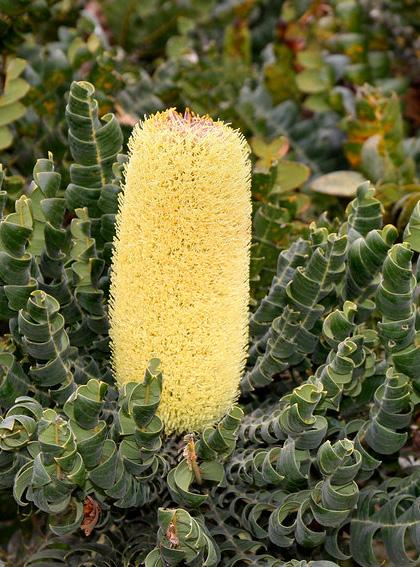 Figure 49: Photo of the existing Cumberland Plains Woodland, The Australian Botanic Garden Mount Annan
Figure 50: Precedent - First Nations Community Program / Art Market Figure 51: Precedent - First Nations Culture Burning Practice
Figure 52: Photo of Australian Native Species - Banksia grandis
Figure 53: Precedent - First Nations First Nations Cultural Centre
Figure 54: Precedent - First Nations Bush Tucker
Figure 49: Photo of the existing Cumberland Plains Woodland, The Australian Botanic Garden Mount Annan
Figure 50: Precedent - First Nations Community Program / Art Market Figure 51: Precedent - First Nations Culture Burning Practice
Figure 52: Photo of Australian Native Species - Banksia grandis
Figure 53: Precedent - First Nations First Nations Cultural Centre
Figure 54: Precedent - First Nations Bush Tucker
7.3 ECO-INDUSTRY & ECO-TOURISM HUB
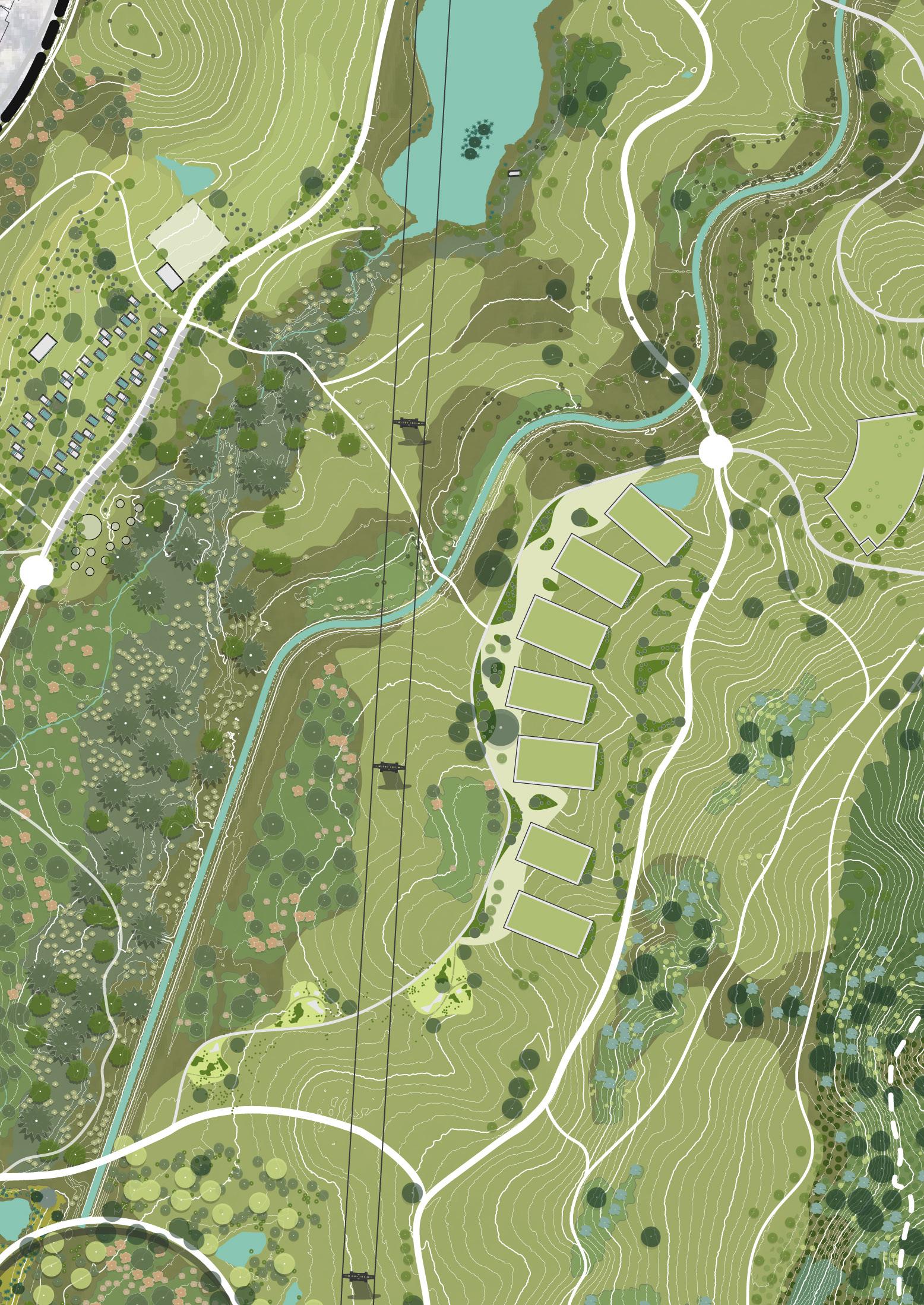
ABGMA will become the focus of education and research for managing urban greening including street trees, WSUD, heat island effect etc. Partnerships with universities, training conferences etc. would create a new audience. The proposal would include a world class cultural and education centre for conferences and venue hire.
Eco-Tourism will be sophisticated and smart; it will manage energy, water and waste with care and provide a visible example of how to live sustainability in the Australian
landscape. Weekend retreats that include guided bush walks and cooking classes using Australian native botanicals is the point of difference, and will be a key destinational offer for those visiting the area from afar.
This will be experienced through environmentally friendly cabins, an on-site restaurant, luxury cabins, as well as glamping facilities. This will provide a variety of options to choose from for a diverse communtiy of users.
Eco-Industry Hub
Parking (157 spots)
Picnic / Garden Nooks for Workers
Eco-Tourism
Eco-Industry Hub
Sydney Water Channel (existing)
Cumberland Plain Woodland
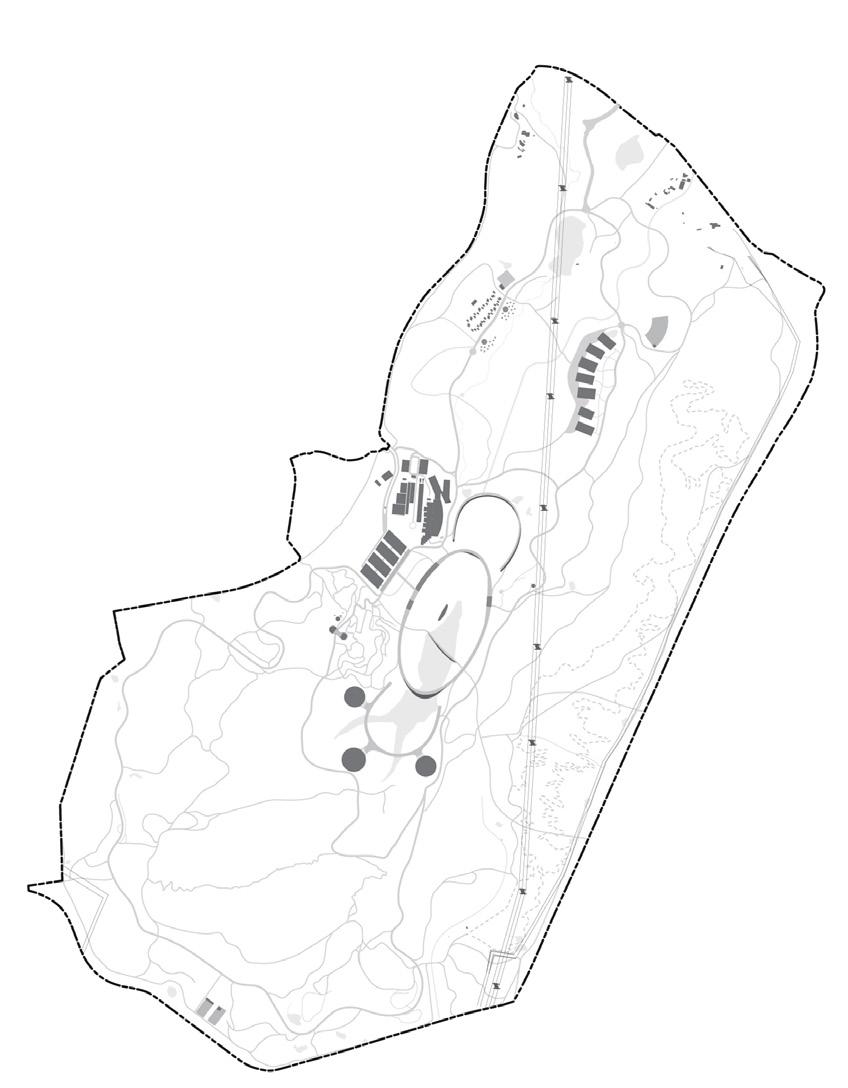
River Flat Eucalyptus Forest
Power Lines
A world leading Eco-Industry Hub that builds upon the existing facilities of the site (the PlantBank and National Herbarium of NSW) and an environmentally conscious Eco-Tourism Hub. Key Plan
Eco-Accommodation - Administration / Arrival Building
Eco-Accommodation - Restaurant
Eco-Accommodation - Cabins
Eco-Tourism - Glamping Sites
1 3 5 7 2 4 6 8 9
94 Australian Botanic Garden Mount Annan Master Plan Report 2022
10
Detailed Areas
11
1 2 3 5 8 6 7 10 9 10 11 4
Detail
0 100 10 50 200m
Eco-Industry & Eco-Tourism Hub
Plan
The Eco-Industry Hub will contain a variety of seamlessly integrated built form with the landscape to allow for natural growth and progression as industry seeks to be embedded in the Garden and align with their research.
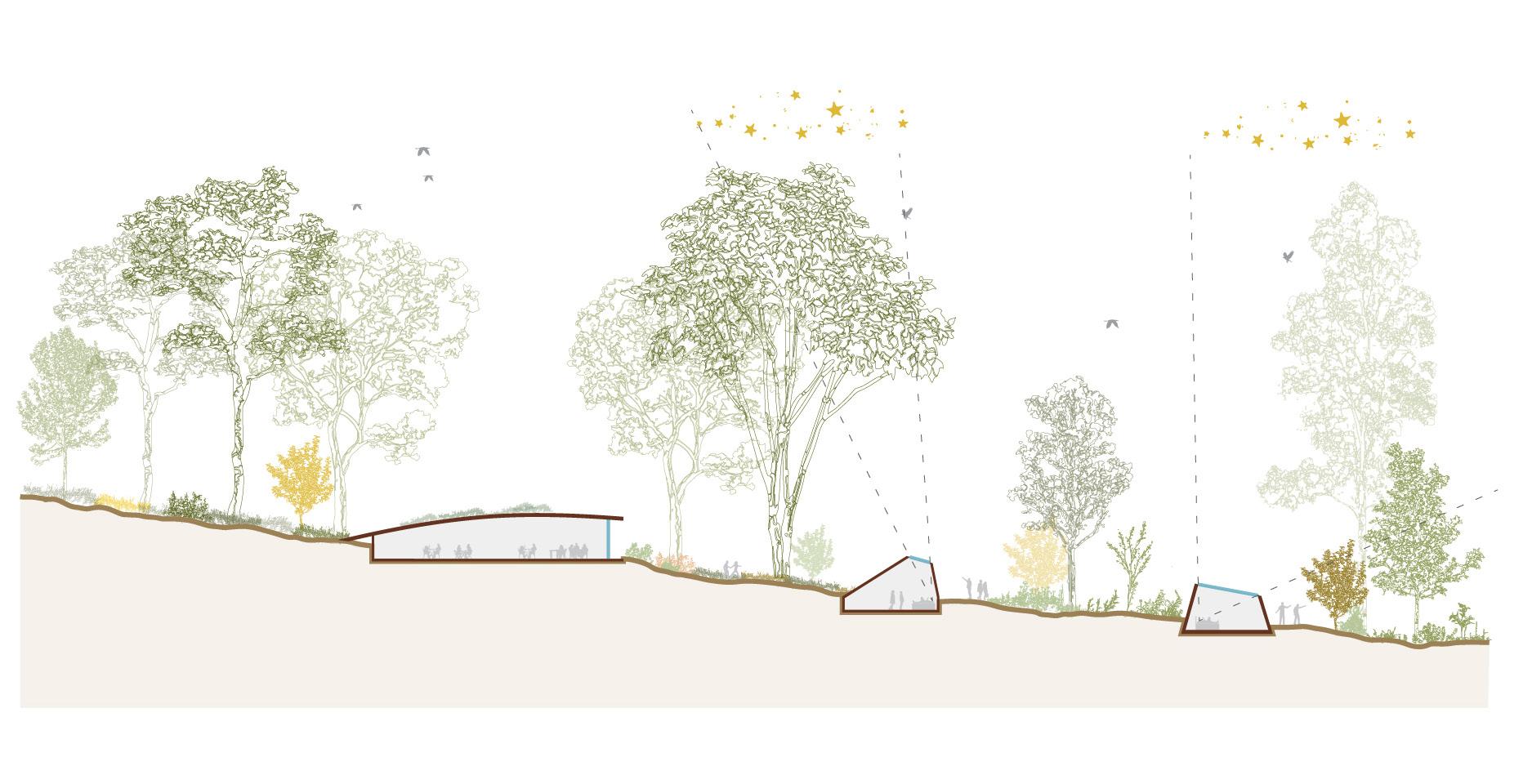
Three initial facilities will be established, being a Tertiary Education Centre, Botanic Science Research and Learning
Centre. Growth of this precinct will occur over time and towards the north of the site. This precinct will have its own access road designated for staff only, and tie in with the relocated Depot and Administration building that are associated with the existing PlantBank and National Herbarium of NSW.
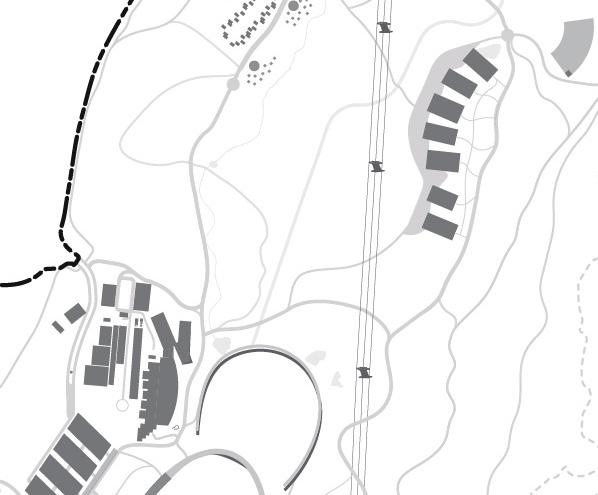
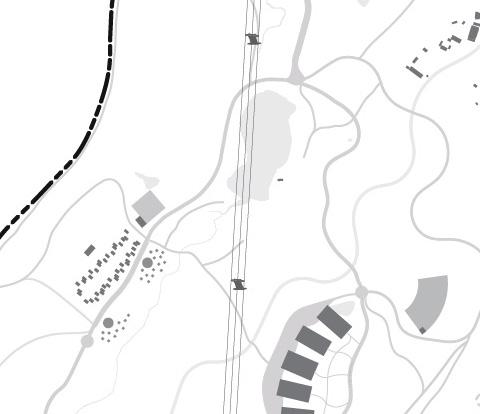
Structure / Layout PlanEco-Industry Hub
Cumberland Plains Woodland



Star Gazing
Growth / Staging - Eco-Industry Hub
Eco-Accommodation Restaurant
EcoAccommodation
Structure / Layout Plan - Eco-Tourism
Typical Section - Eco-Tourism
PLANTBANK & NATIONAL HERBARIUM OF
NURSERY & ADMINISTRATION BUILDING
OVERFLOW
&
LINK ADMINISTRATION BUILDING & VISITOR PARKING GLAMPING
DROPOFF
NSW OPERATIONAL DEPOT CONSERVATION
ECO-INDUSTRY HUB
PARKING
KIOSK
PRIVATEPARKING/
ECO-ACCOMMODATION (INCLUDING RESTAURANT)
97 Australian Botanic Garden Mount Annan Master Plan Report 2022 96 Australian Botanic Garden Mount Annan Master Plan Report 2022 Detailed Areas Detailed Areas
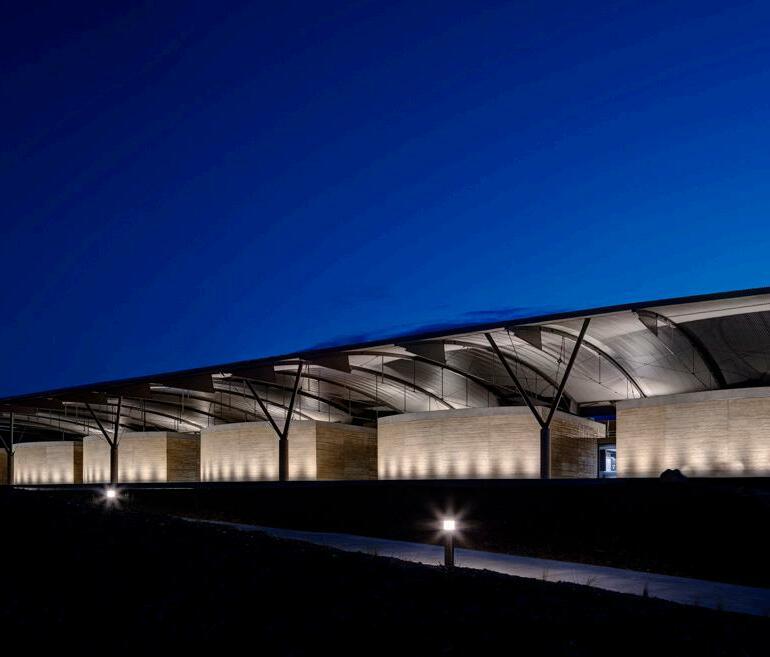

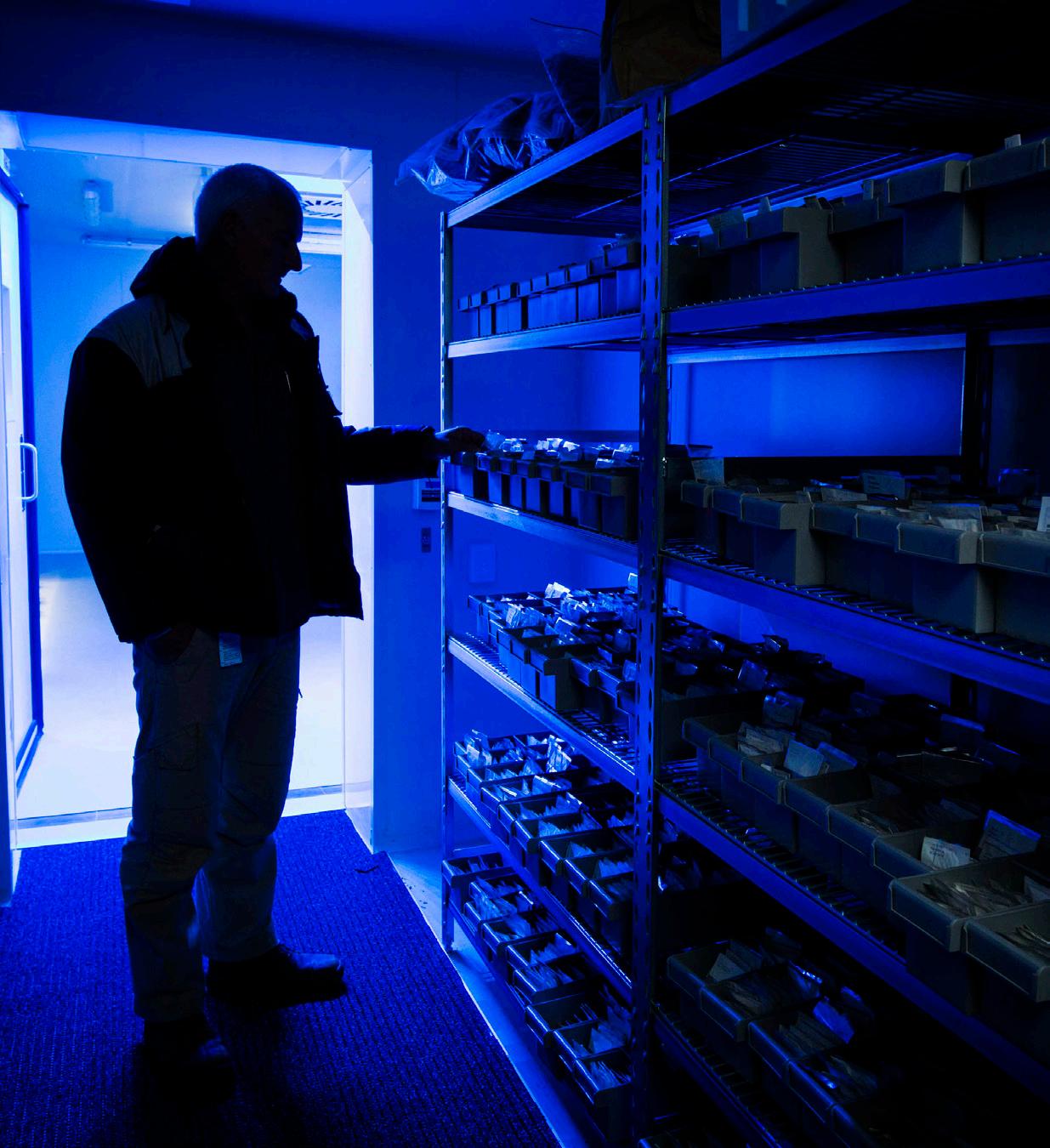
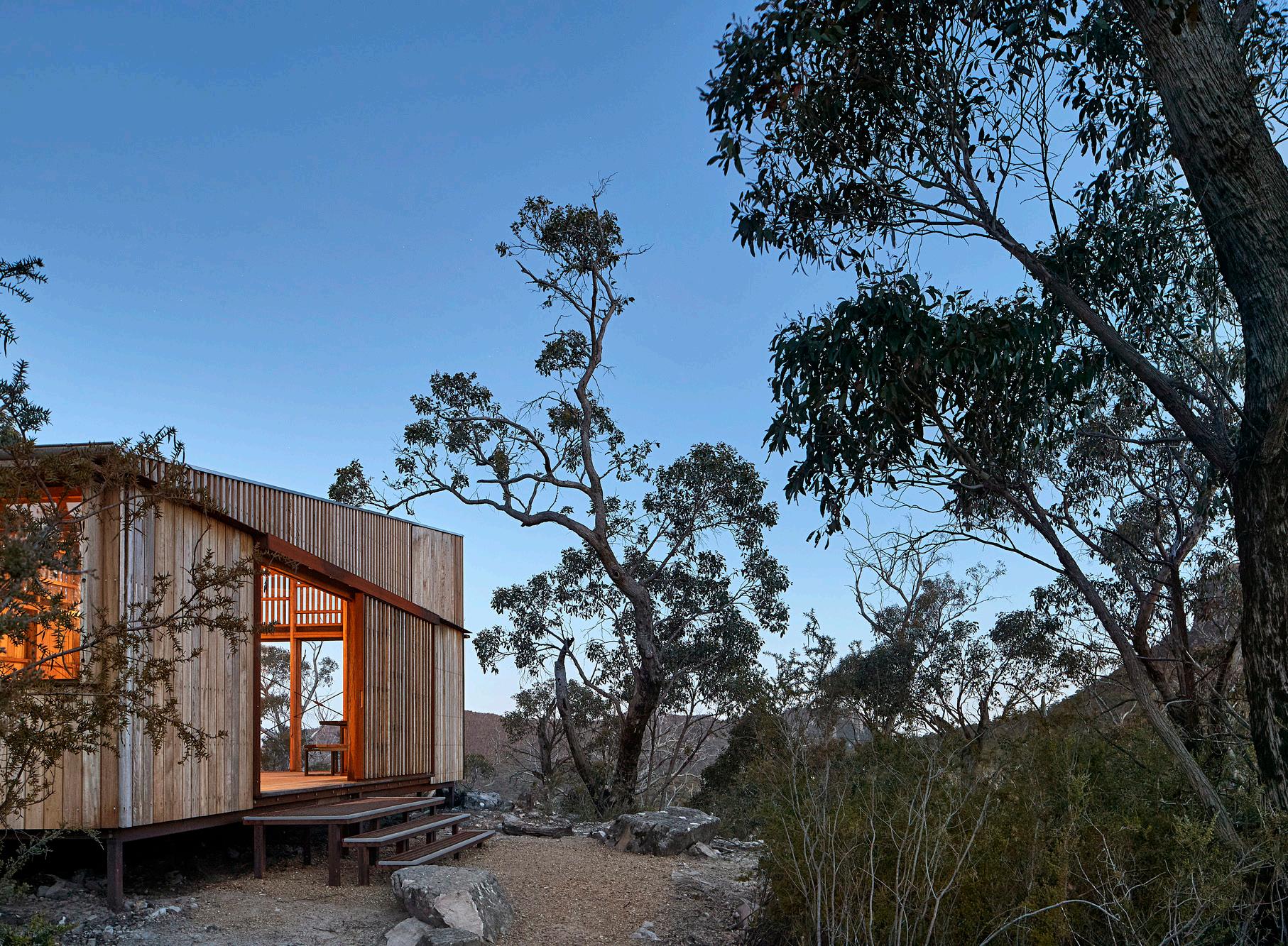

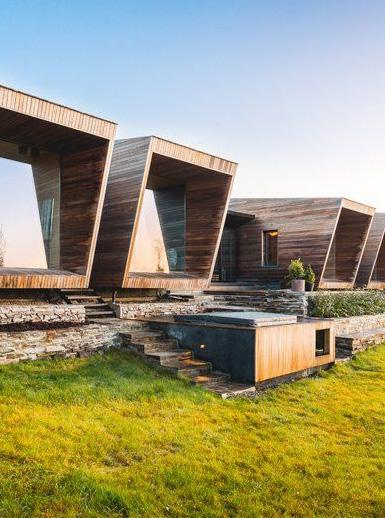 Figure 55: Photo of the Existing Plant Bank & National Herbarium of NSW Building, The Australian Botanic Garden Mount Annan
Figure 56: Precedent - The Plantbank seed vault of the Royal Botanic Gardens Sydney Figure 57: Precedent - Eco-Industry Lab
Figure 58: Precedent - Eco-Accommodation, Malangen Family Retreat, Tromsø Figure 60: Photos of the Existing Cumberland Plains Woodland, ABGMA
Figure 59: Precedent - Eco-Accommodation, Grampians Peaks Trail Cabins, Victoria
Figure 55: Photo of the Existing Plant Bank & National Herbarium of NSW Building, The Australian Botanic Garden Mount Annan
Figure 56: Precedent - The Plantbank seed vault of the Royal Botanic Gardens Sydney Figure 57: Precedent - Eco-Industry Lab
Figure 58: Precedent - Eco-Accommodation, Malangen Family Retreat, Tromsø Figure 60: Photos of the Existing Cumberland Plains Woodland, ABGMA
Figure 59: Precedent - Eco-Accommodation, Grampians Peaks Trail Cabins, Victoria









 AUSTRALIAN BOTANIC GARDEN MOUNT ANNAN
AUSTRALIAN BOTANIC GARDEN MOUNT ANNAN



























































































































































 Figure 43: Photo of the existing lake, The Australian Botanic Garden Mount Annan
Figure 44: Precedent - Skamlingsbanken Visitor Center in Kolding, Denmark
Figure 45: Precedent - The National Botanic Garden of Wales, UK
Figure 46: Photo of the Existing Gardens, the Australian Botanic Garden Mount Annan
Figure 48: Precedent - Nature Play, Lizard Log, Western Sydney Parklands
Figure 47: Precedent - Festival in The Domain, Sydney
Figure 43: Photo of the existing lake, The Australian Botanic Garden Mount Annan
Figure 44: Precedent - Skamlingsbanken Visitor Center in Kolding, Denmark
Figure 45: Precedent - The National Botanic Garden of Wales, UK
Figure 46: Photo of the Existing Gardens, the Australian Botanic Garden Mount Annan
Figure 48: Precedent - Nature Play, Lizard Log, Western Sydney Parklands
Figure 47: Precedent - Festival in The Domain, Sydney











































































































 Figure 49: Photo of the existing Cumberland Plains Woodland, The Australian Botanic Garden Mount Annan
Figure 50: Precedent - First Nations Community Program / Art Market Figure 51: Precedent - First Nations Culture Burning Practice
Figure 52: Photo of Australian Native Species - Banksia grandis
Figure 53: Precedent - First Nations First Nations Cultural Centre
Figure 54: Precedent - First Nations Bush Tucker
Figure 49: Photo of the existing Cumberland Plains Woodland, The Australian Botanic Garden Mount Annan
Figure 50: Precedent - First Nations Community Program / Art Market Figure 51: Precedent - First Nations Culture Burning Practice
Figure 52: Photo of Australian Native Species - Banksia grandis
Figure 53: Precedent - First Nations First Nations Cultural Centre
Figure 54: Precedent - First Nations Bush Tucker











 Figure 55: Photo of the Existing Plant Bank & National Herbarium of NSW Building, The Australian Botanic Garden Mount Annan
Figure 56: Precedent - The Plantbank seed vault of the Royal Botanic Gardens Sydney Figure 57: Precedent - Eco-Industry Lab
Figure 58: Precedent - Eco-Accommodation, Malangen Family Retreat, Tromsø Figure 60: Photos of the Existing Cumberland Plains Woodland, ABGMA
Figure 59: Precedent - Eco-Accommodation, Grampians Peaks Trail Cabins, Victoria
Figure 55: Photo of the Existing Plant Bank & National Herbarium of NSW Building, The Australian Botanic Garden Mount Annan
Figure 56: Precedent - The Plantbank seed vault of the Royal Botanic Gardens Sydney Figure 57: Precedent - Eco-Industry Lab
Figure 58: Precedent - Eco-Accommodation, Malangen Family Retreat, Tromsø Figure 60: Photos of the Existing Cumberland Plains Woodland, ABGMA
Figure 59: Precedent - Eco-Accommodation, Grampians Peaks Trail Cabins, Victoria
